The VODA Water Pitcher Team Project
I had the pleasure of working with Margarita Zueleta (SVA PoD Class of 2022) and Zekun Yang (SVA PoD Class of 2022) on this project. Together we collaborated on a project rethinking and redesigning the water filter system used on commercial water filter pitchers.
One of the first questions we asked ourselves and the people we interviewed who are all local to New York City was “Why do you filter your water? New York City has some of the cleanest water. You can totally drink the tap water.”
The one consistent answer we got back was about lead pipes in older buildings and it is true that water main breaks and stories of old 19th century water pipes being dug up and being replaced can cause people to doubt if the water is still clean once it makes its way from the reservoir to the tap in a New York City apartment.
“We . . . pondered whether like plastic bottled water, if the companies that produce water pitchers created the need for filtered water. However, regardless of whether it was necessary . . . or a fabricated need, the closer we looked at the current models of water filtration pitchers on the market, the clearer it became to us that this was a product that was due a redesign. . . . “
final presentation
Project Overview - the water filter challenge
Commercial water filter pitchers are ubiquitous. Brita, the company behind the leading current offering on the market, has achieved name recognition for its product to almost the same degree as Xerox became synonymous with photocopies (xeroxes). In a market space filled with Brita pitchers and Brita knock-offs, one thing became clear to us early on. The water pitcher filter market was following the same basic design that Brita had set forth — a dedicated, clunky pitcher with a non-recyclable, sealed filter canister filled with a carbon and coconut based filter medium that had to be thrown out and replaced every two months. Another issue that came up early on was two-fold. People weren’t totally satisfied with their water pitcher filters and they also did not know whether the one-size-fits-all filter cartridge effectively filtered their local water.
Our focus as a team was to
separate the filter cartridge from the pitcher,
design the filter so that the active component was compostable and the carrier could be opened easily to replace the filter medium, and
create a model of offering compostable filter medium cartridges that were compounded for local water solutions (our “filter for your zip code” model).
Project - Exploration and Sketches
Here are the preliminary sketches for this project with my contributions. I also took apart a Brita filter to see what was inside. There are also some follow up exploration with form, including looking at my collection of step drill bits for inspiration and a final “back of the envelope sketch” for the inverted shape for the funnel and filter that then became part of the visual language for this project. The challenge was designing a funnel that would hold the filter cartridge firmly and fit on standard sized water pitcher and mason jar openings without tipping over. The cartridge holder had to unscrew so the filter medium could be replaced every two months or as needed. All had to be done in a way that did not create breeding ground fro mold and bacteria.
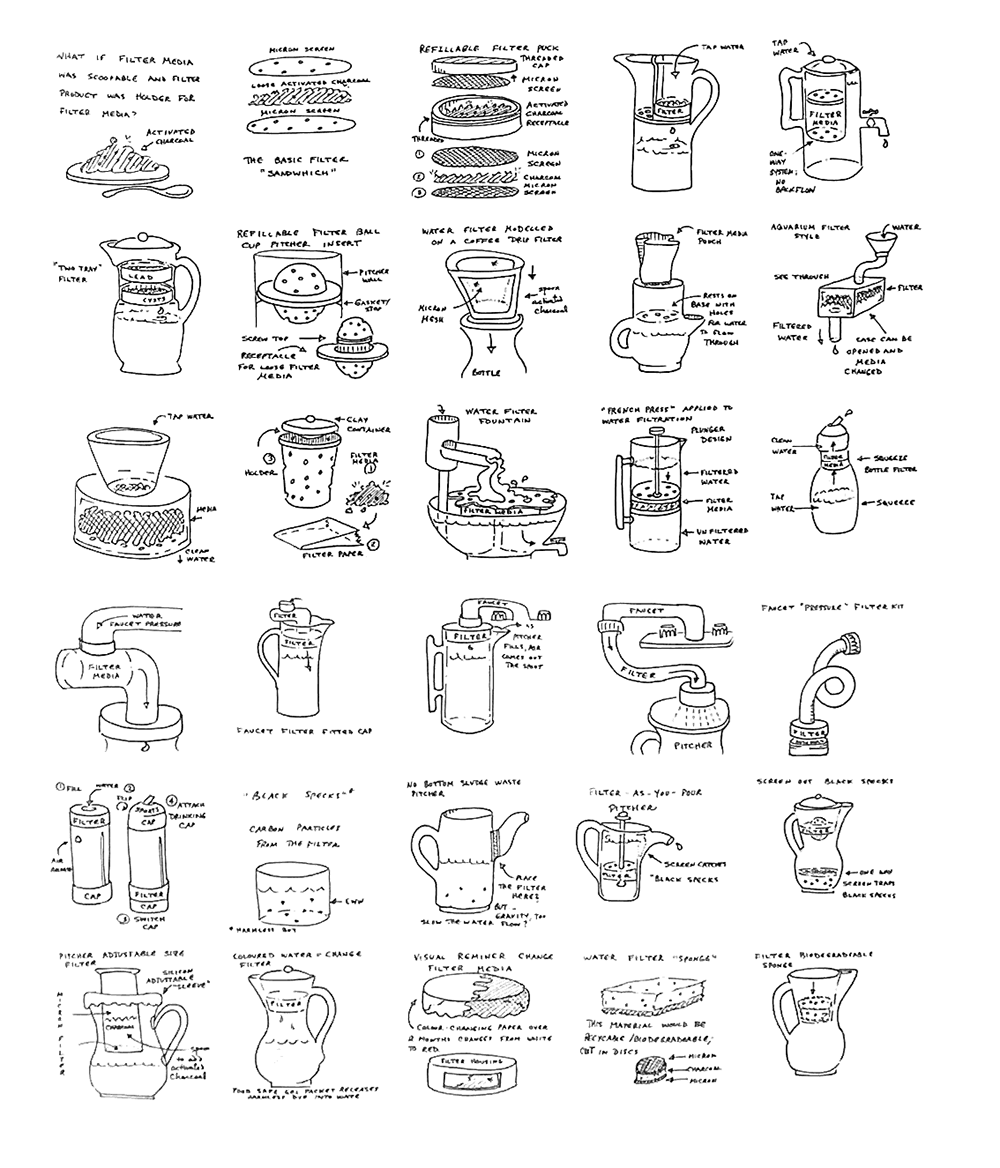

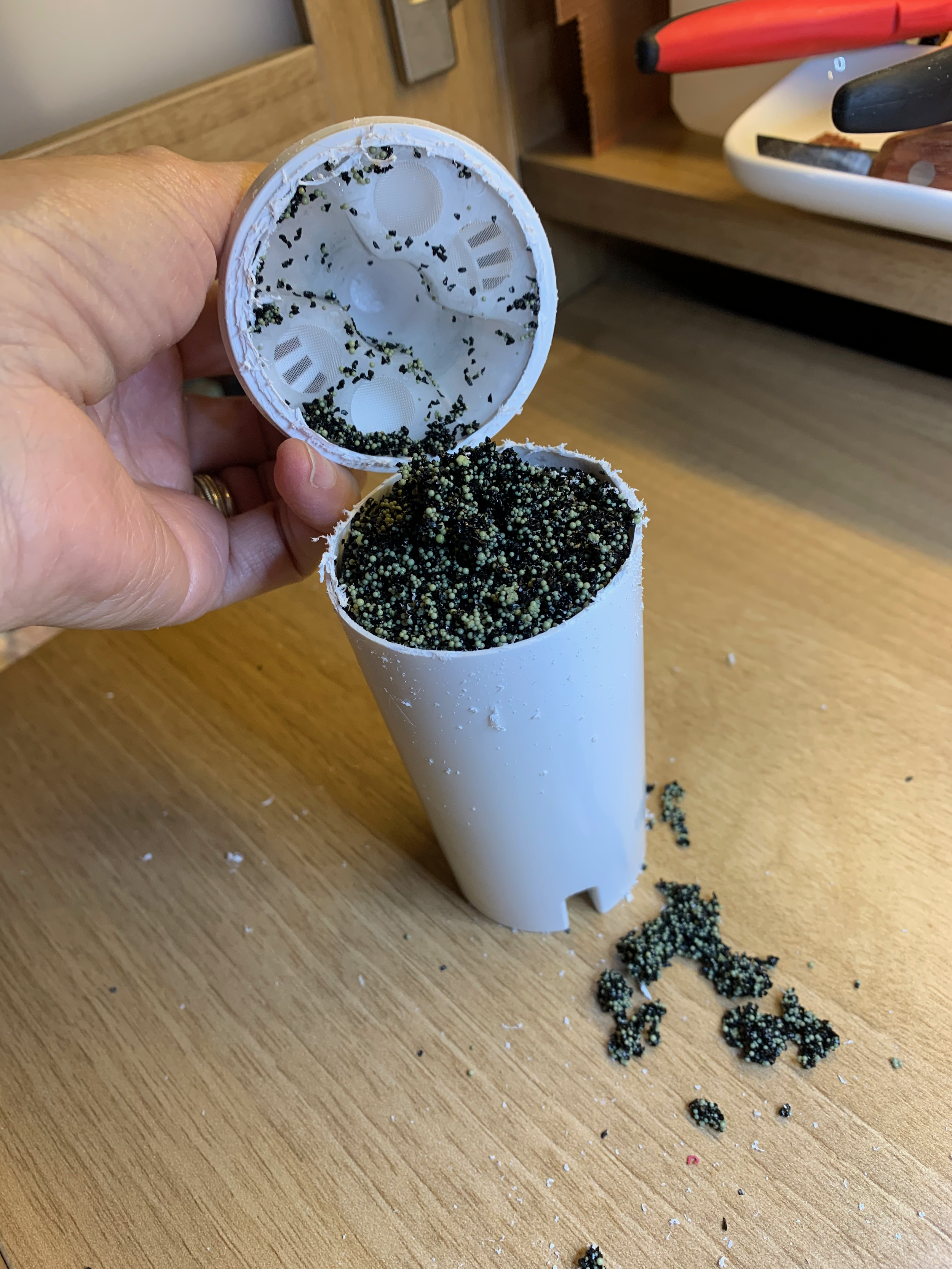
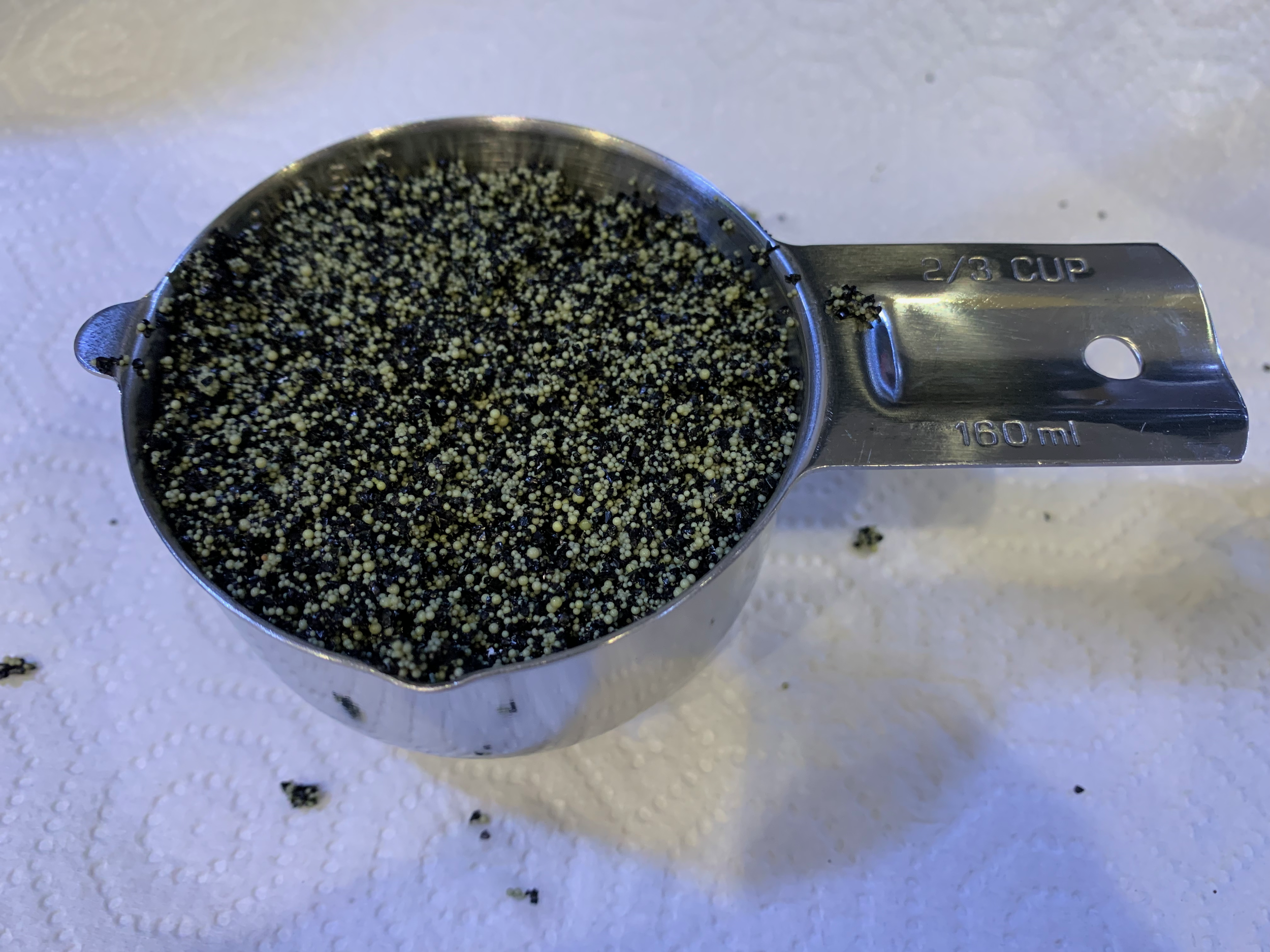
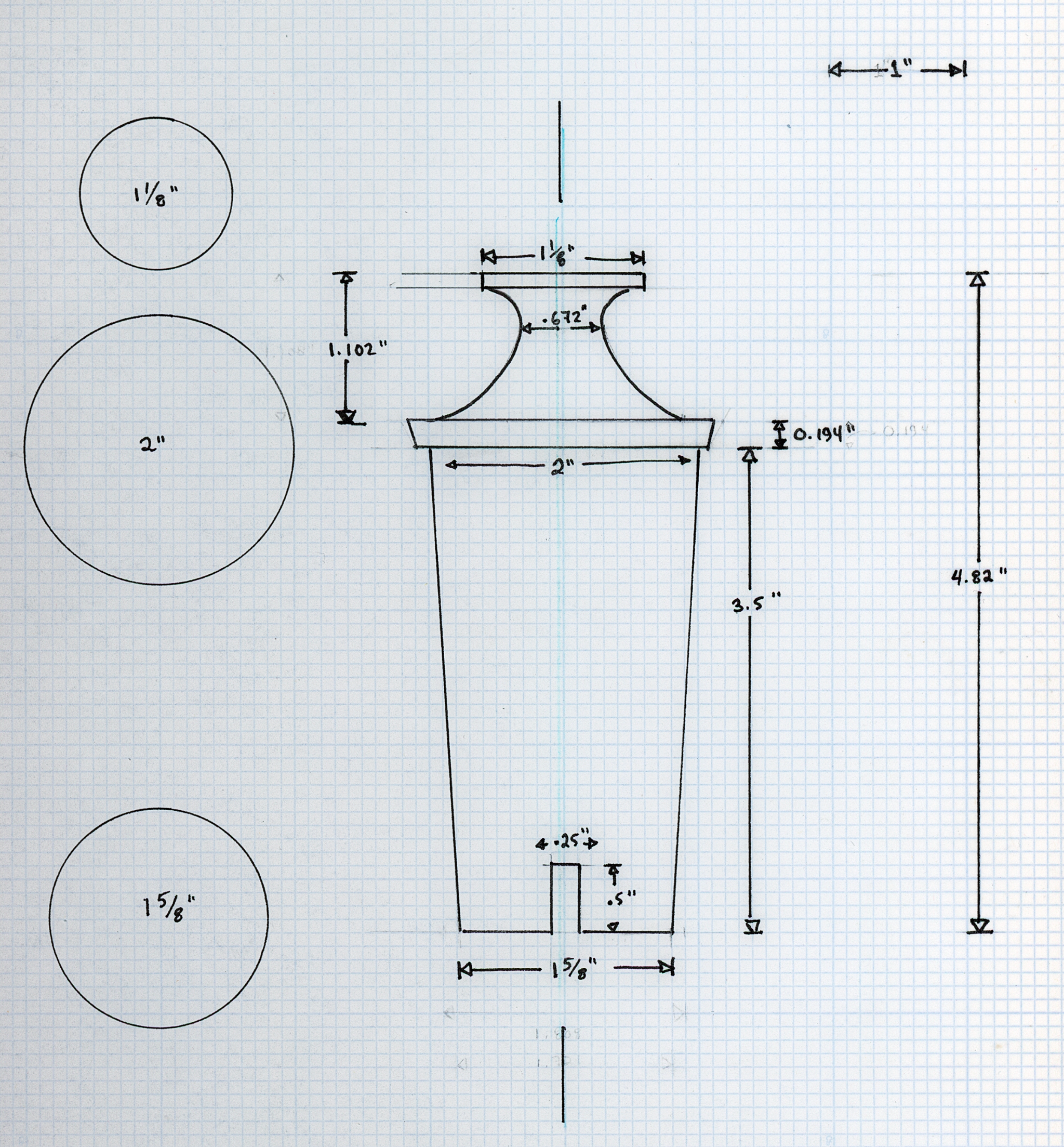


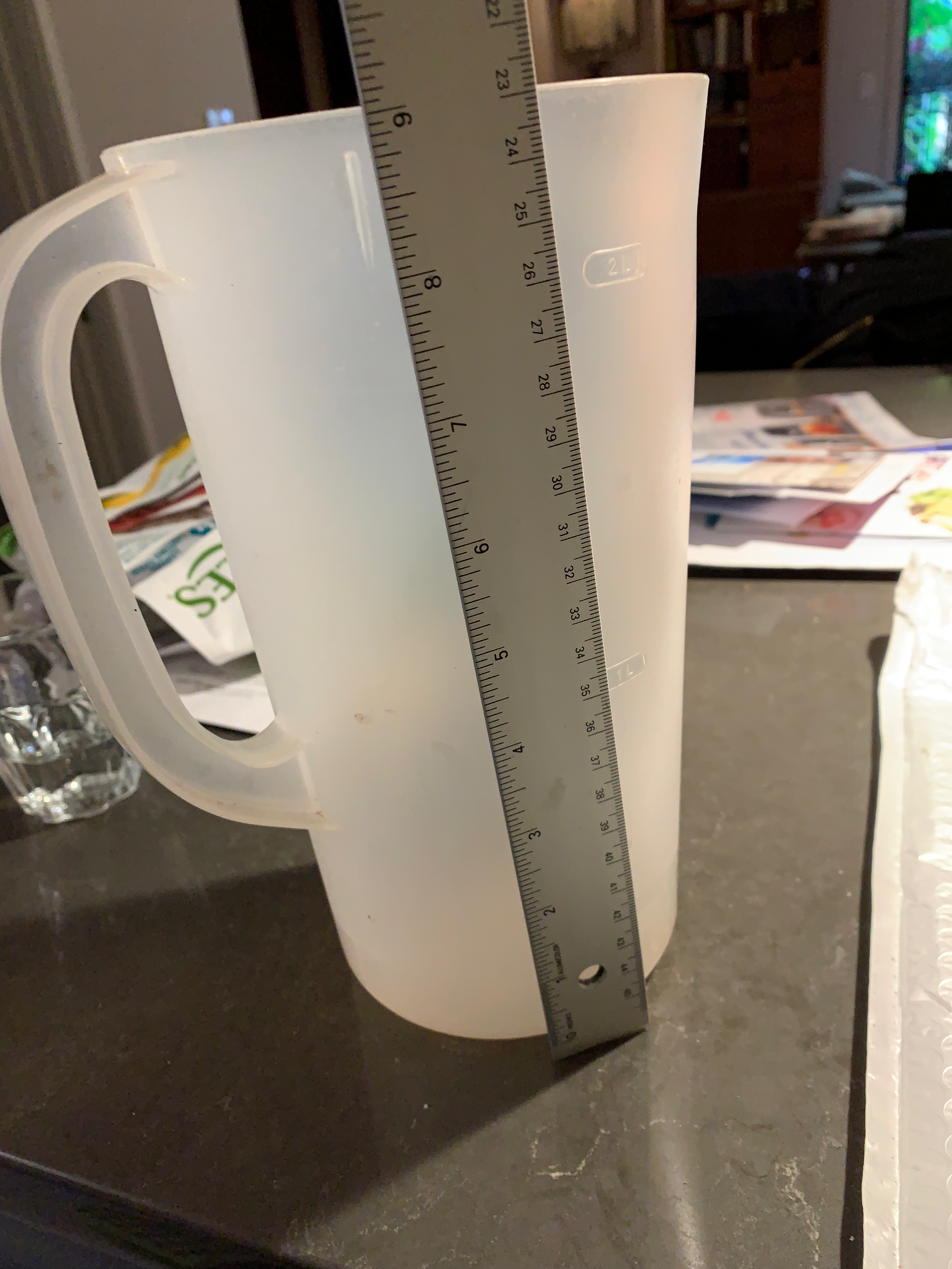
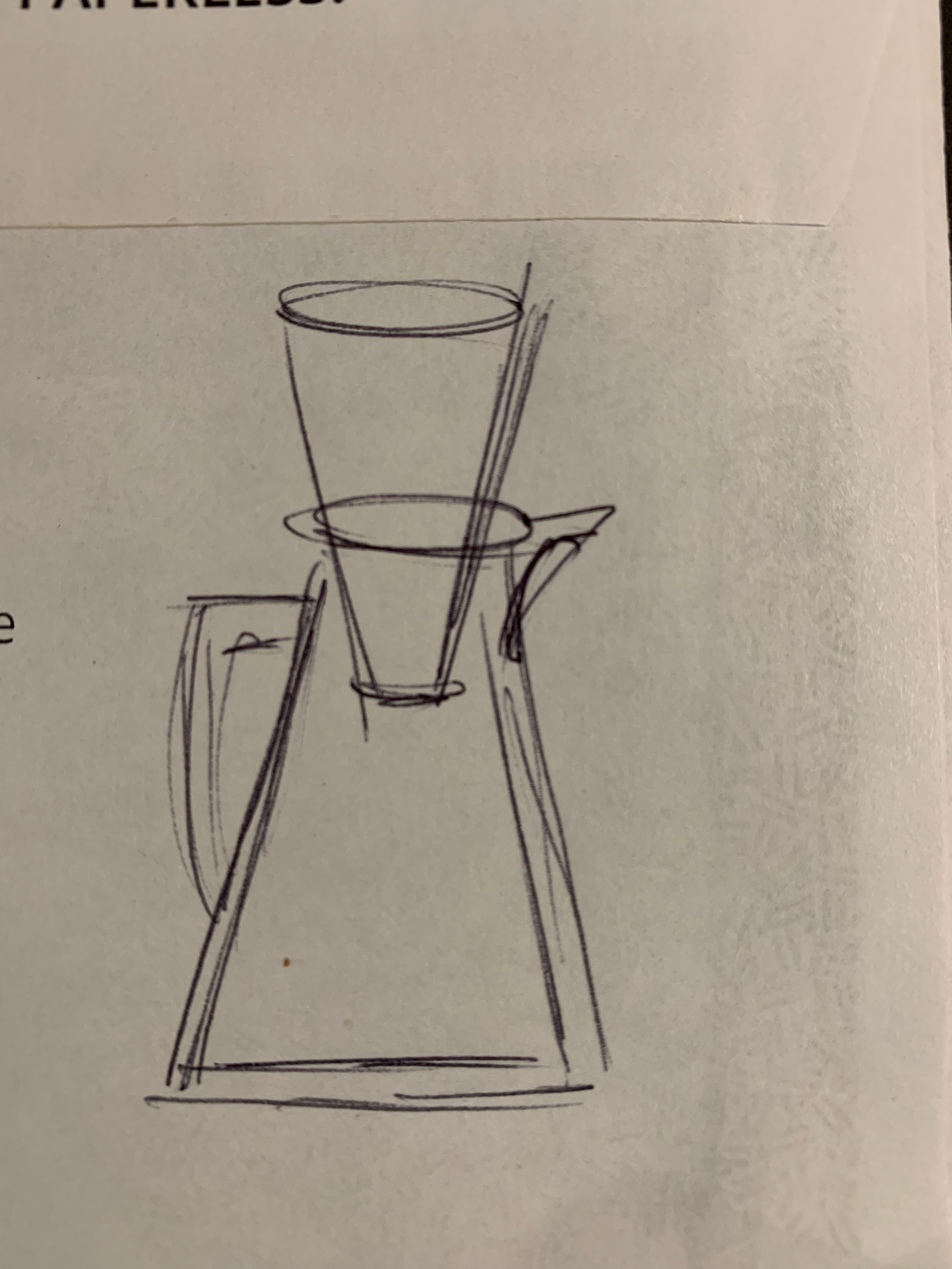
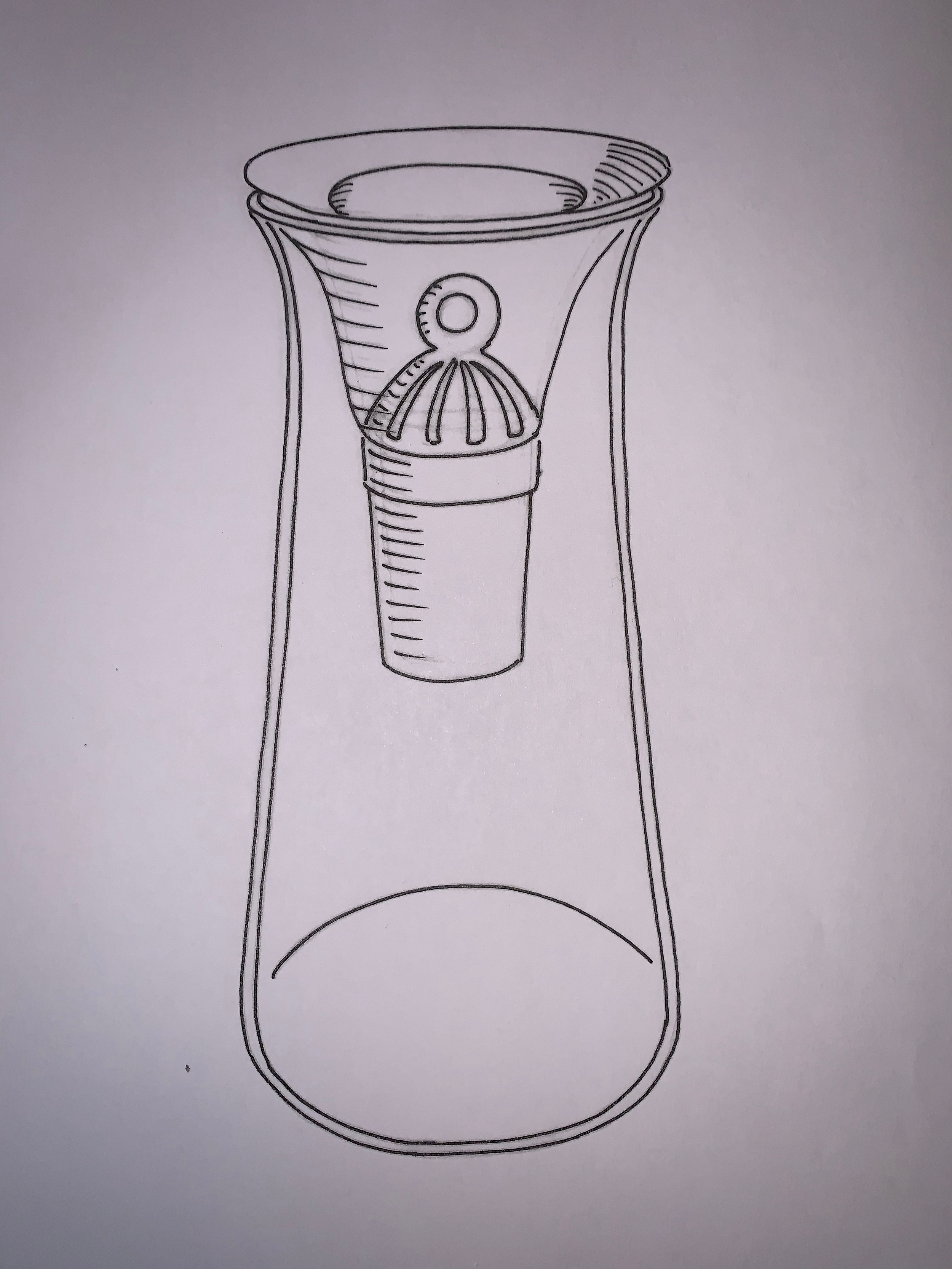
Project - Logo, Instagram Story and Packaging
I worked on the logo, color palette, the Instagram story and photographs of creating the packaging for this product. We chose “Voda” — a Slavic word for “water” with roots going back to the 2nd millennium B.C. — as the name for our company and brand. It’s not surprising for such an essential part of life, that words for water have ancient roots. We liked “Voda” stylistically as well. The V was inverted to form the A at the end of the word — an echo of the shape of our product. The logo went through several designs and ultimately settled when we chose Source Code Medium, the typeface for our brand.



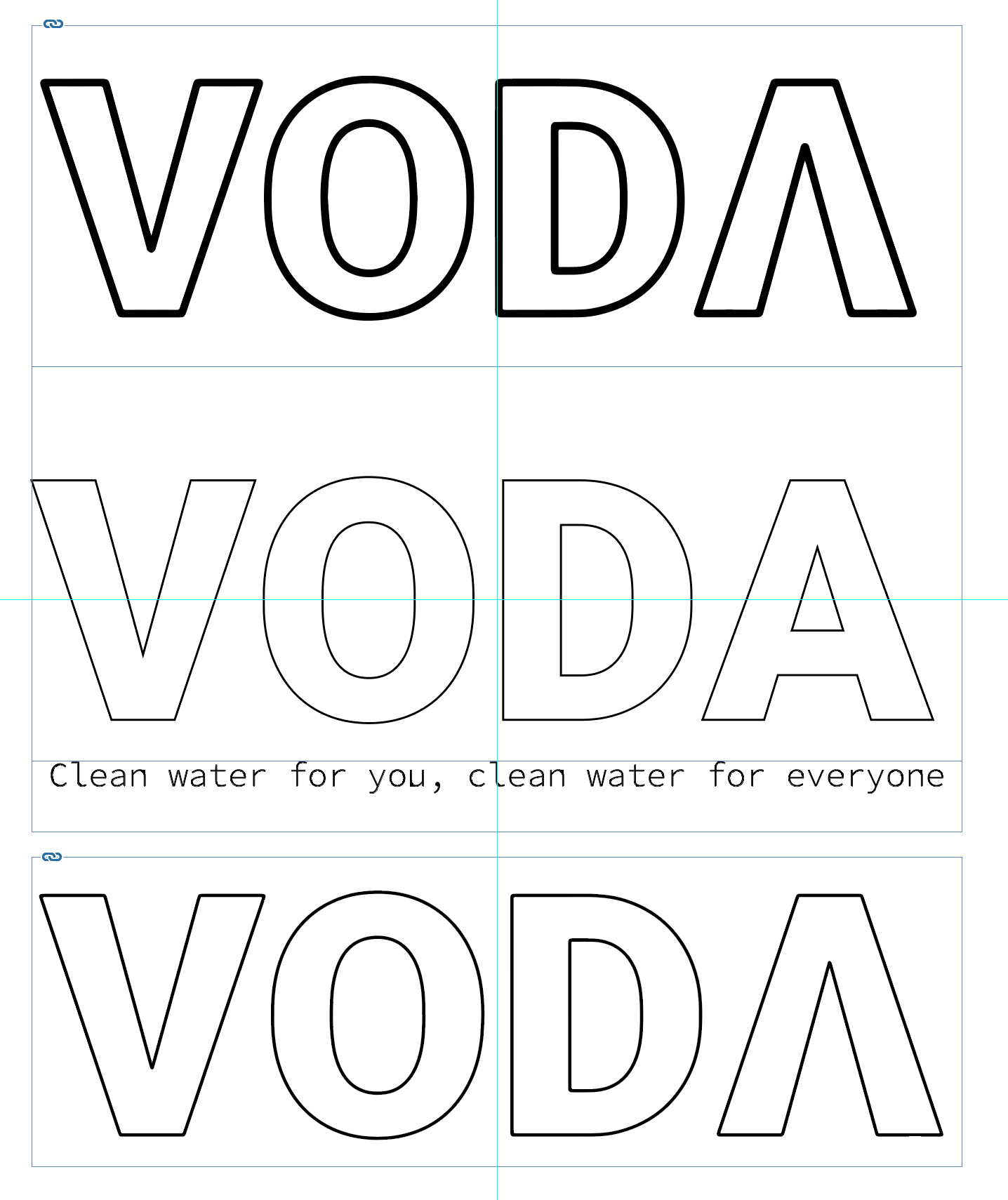
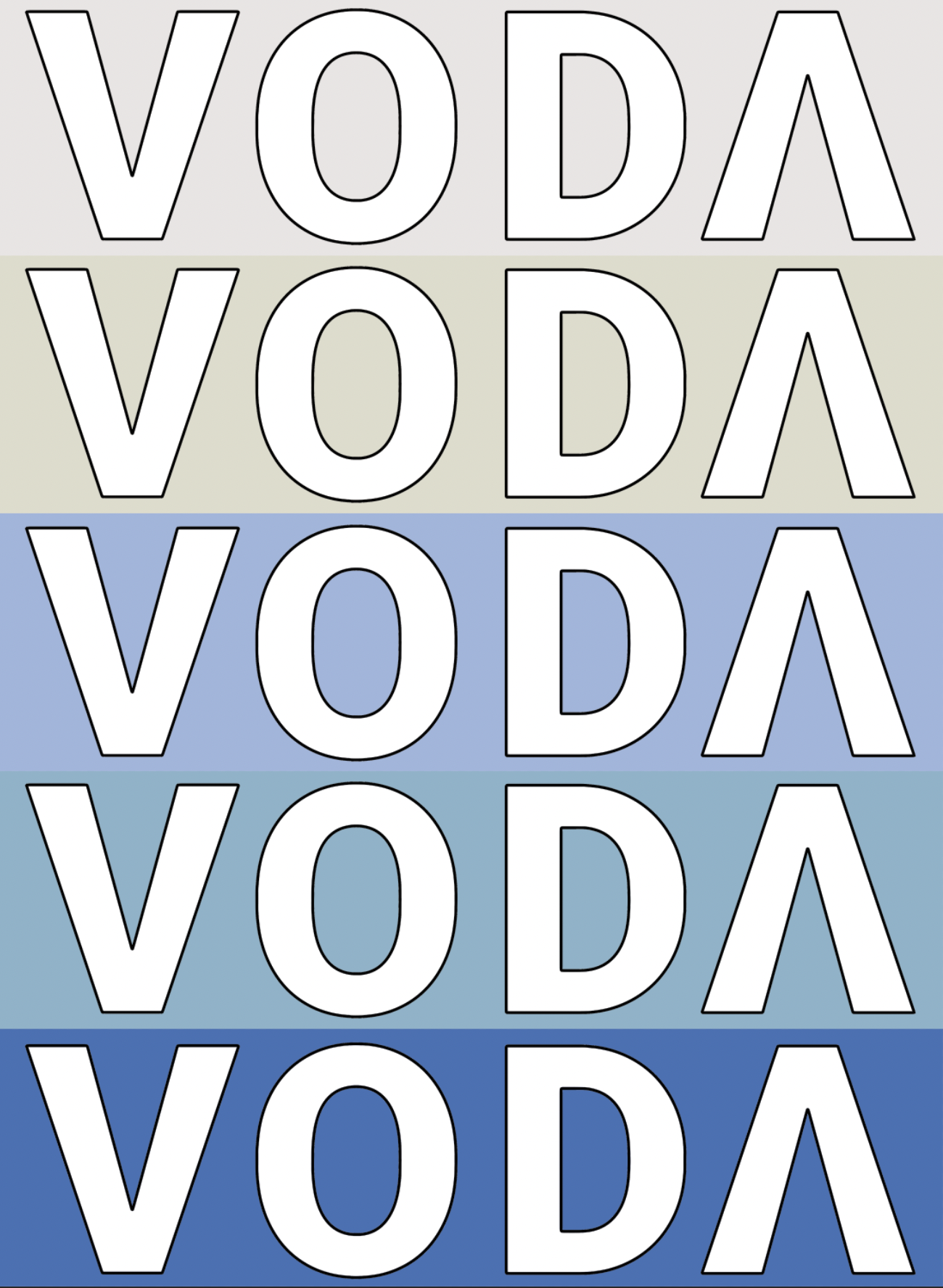


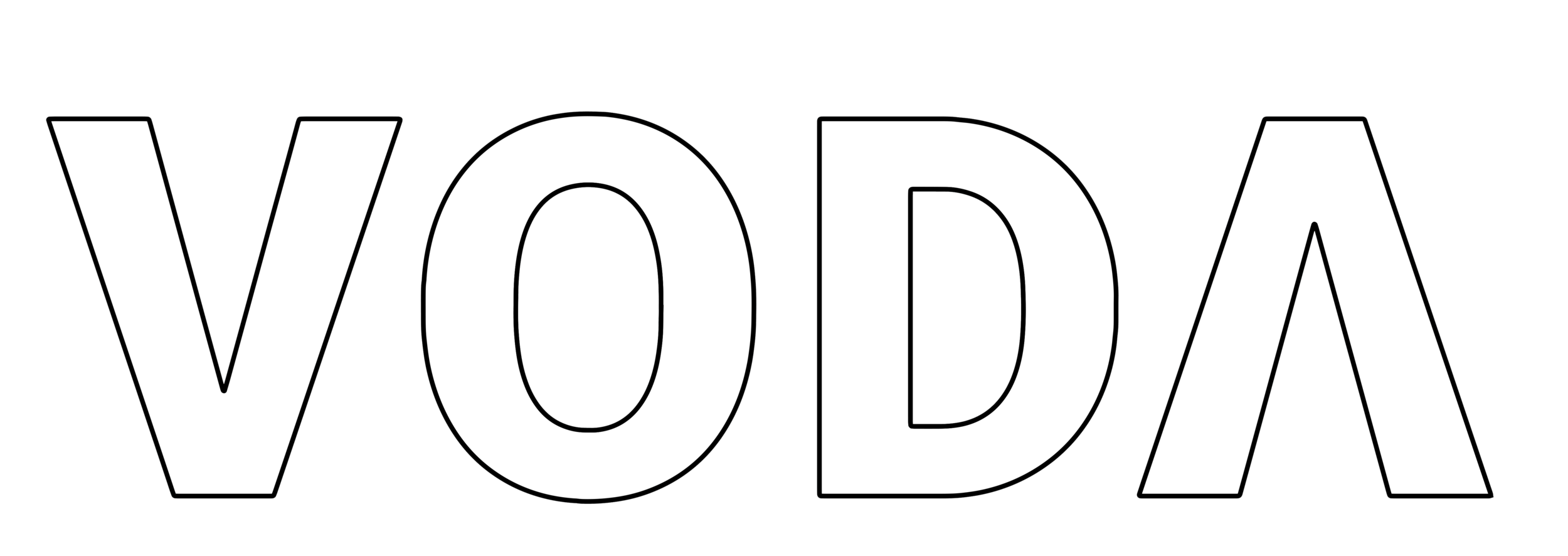

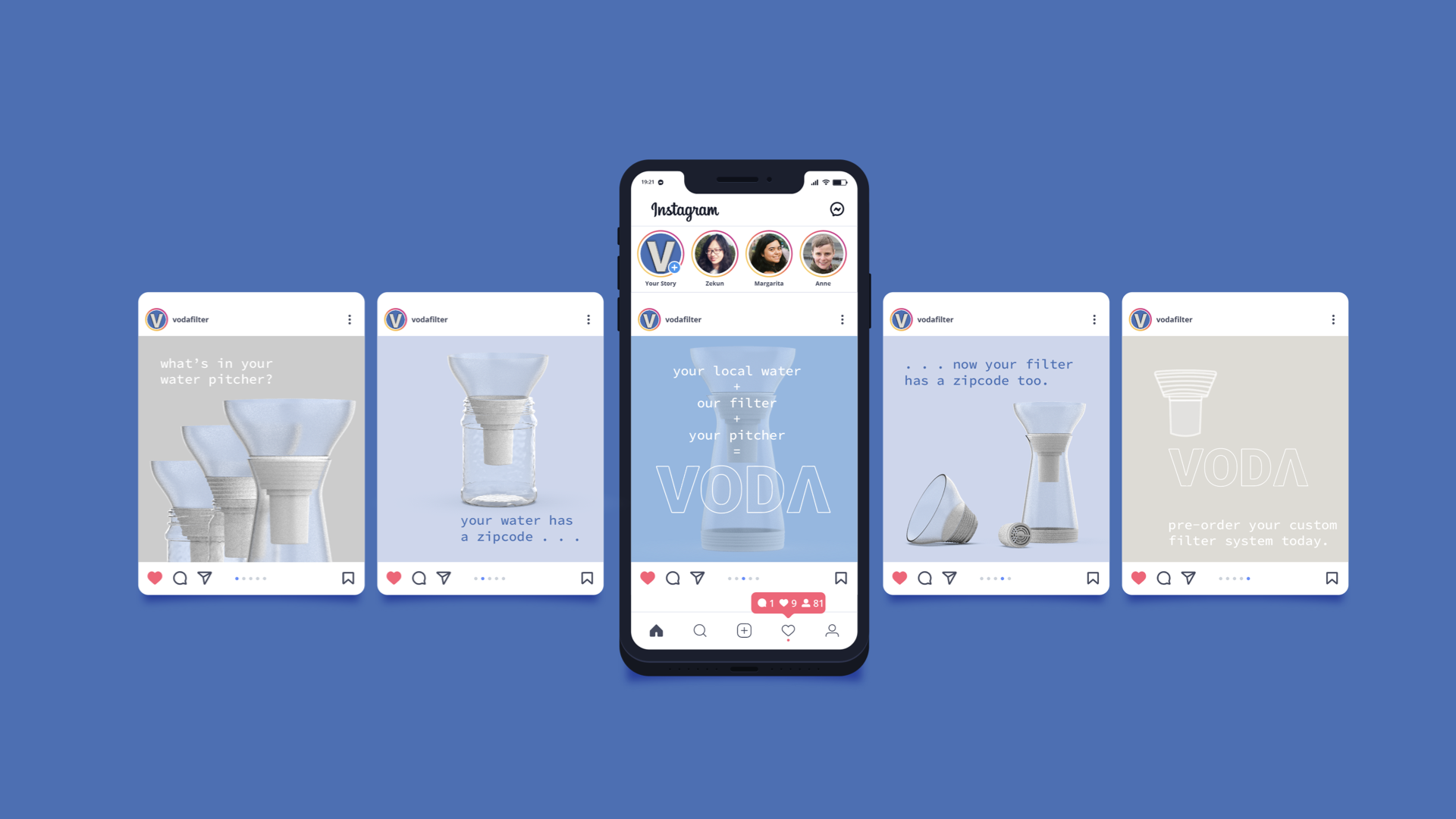
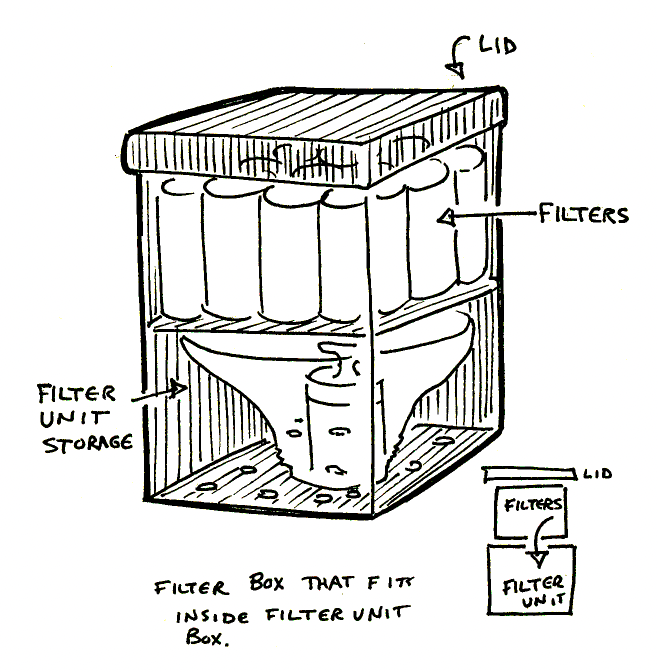

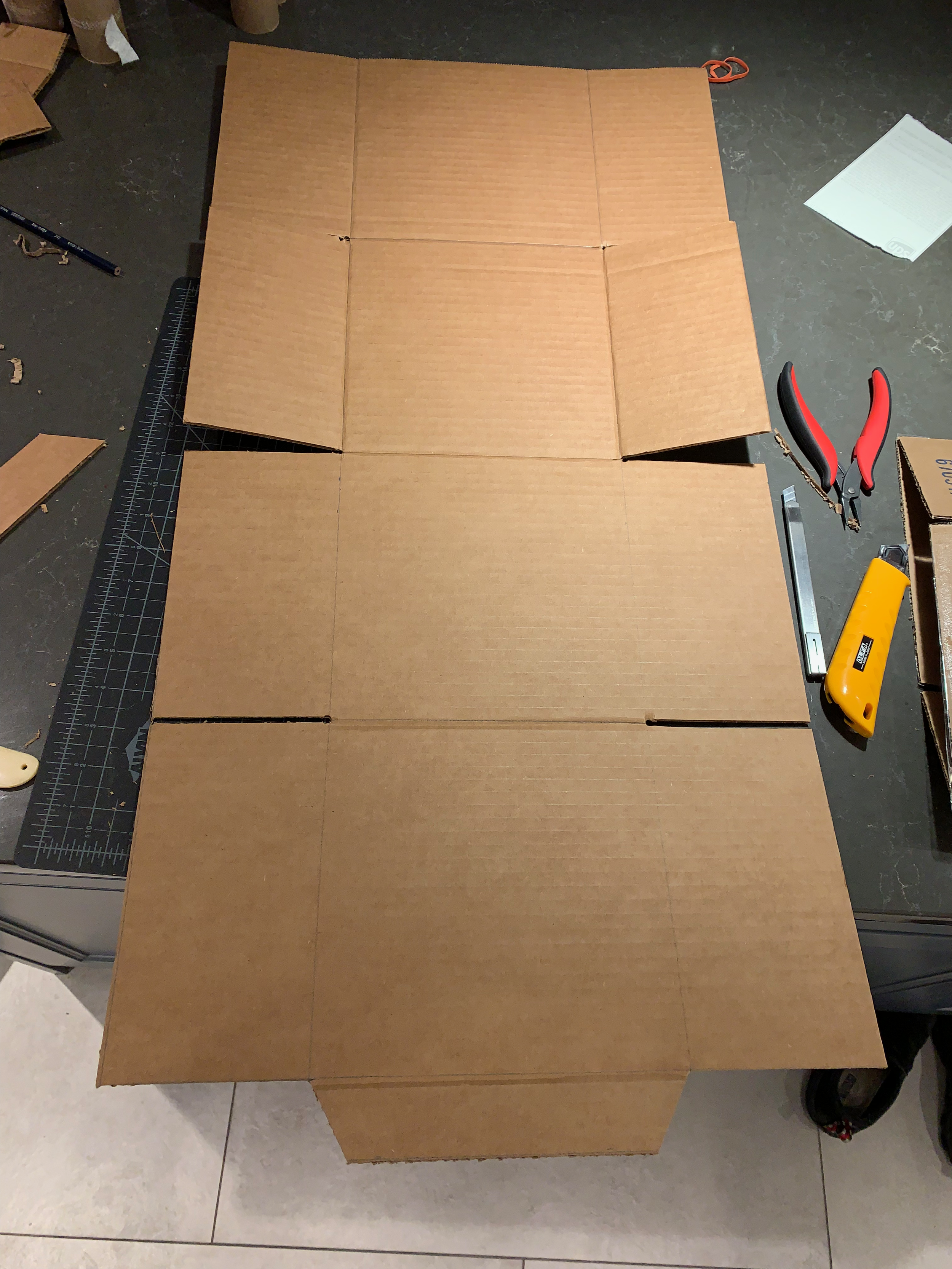
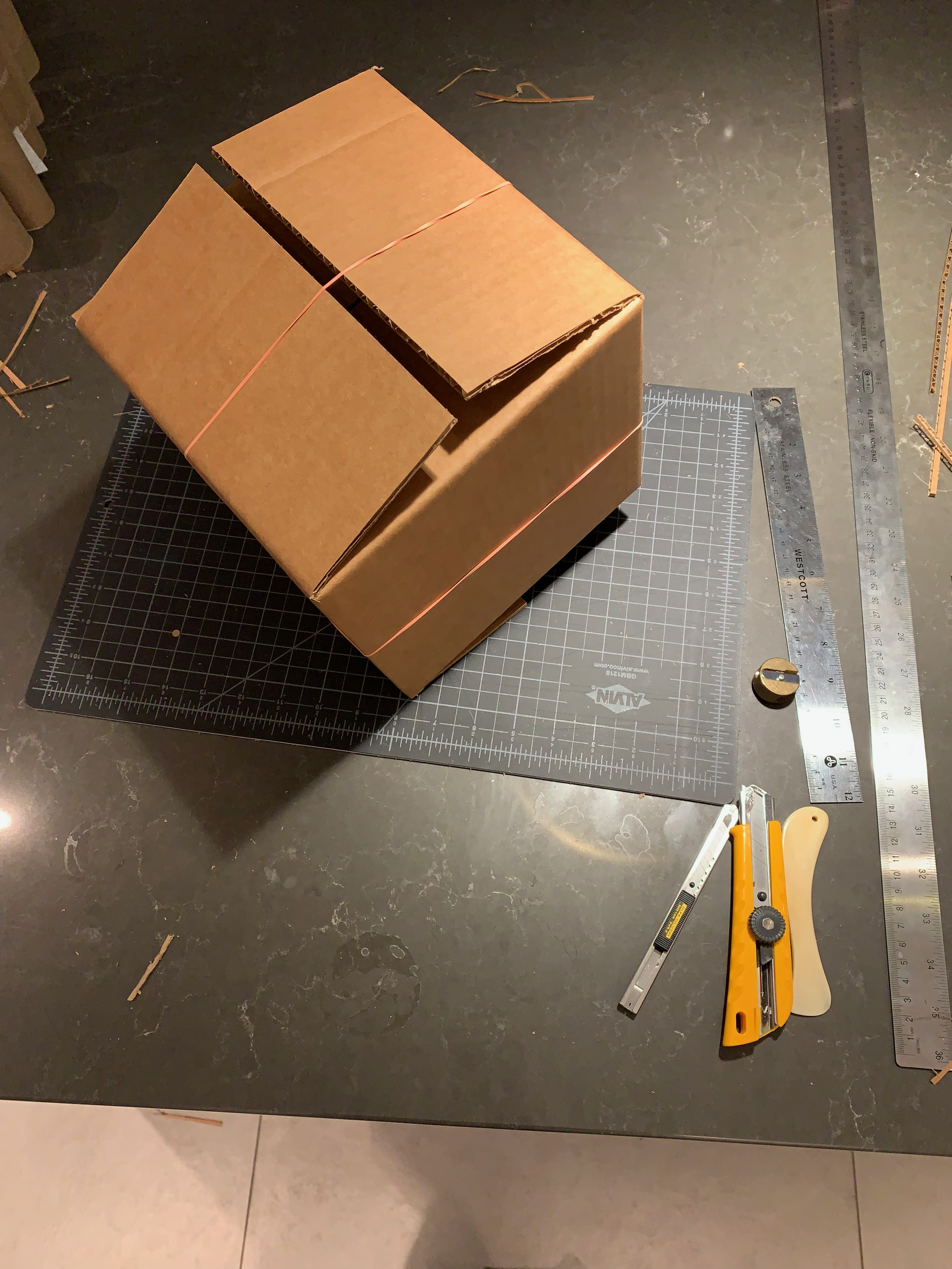
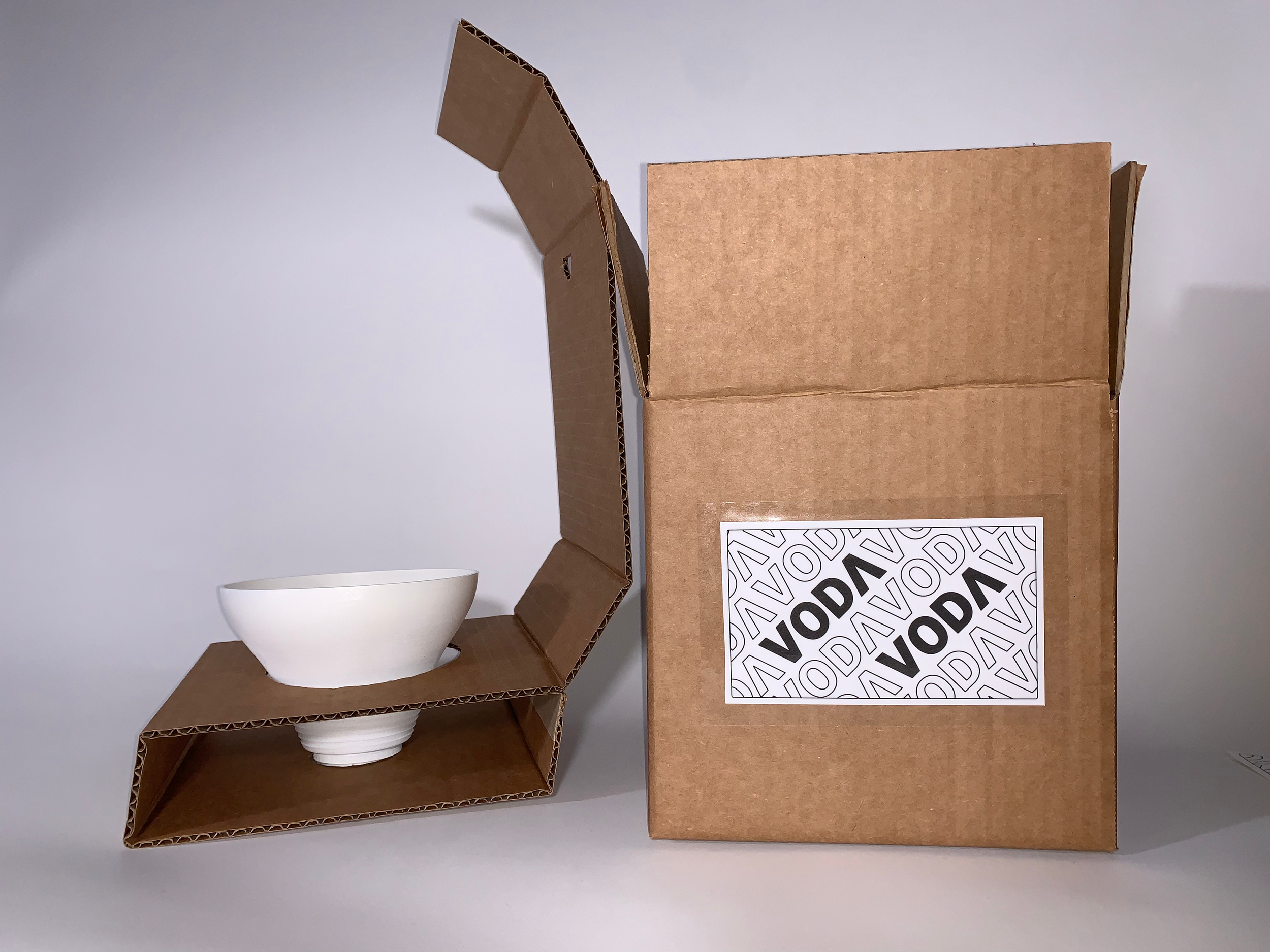
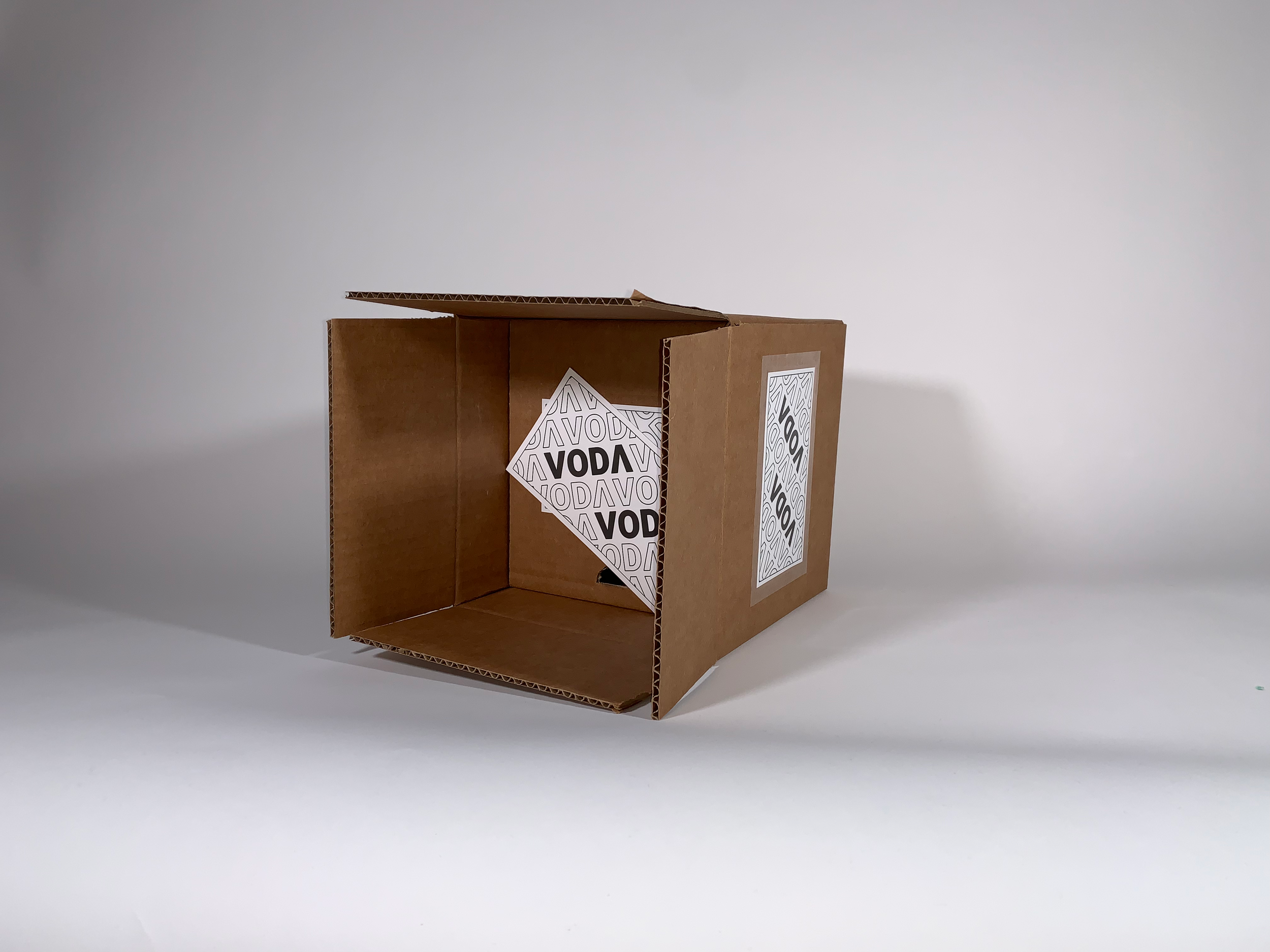
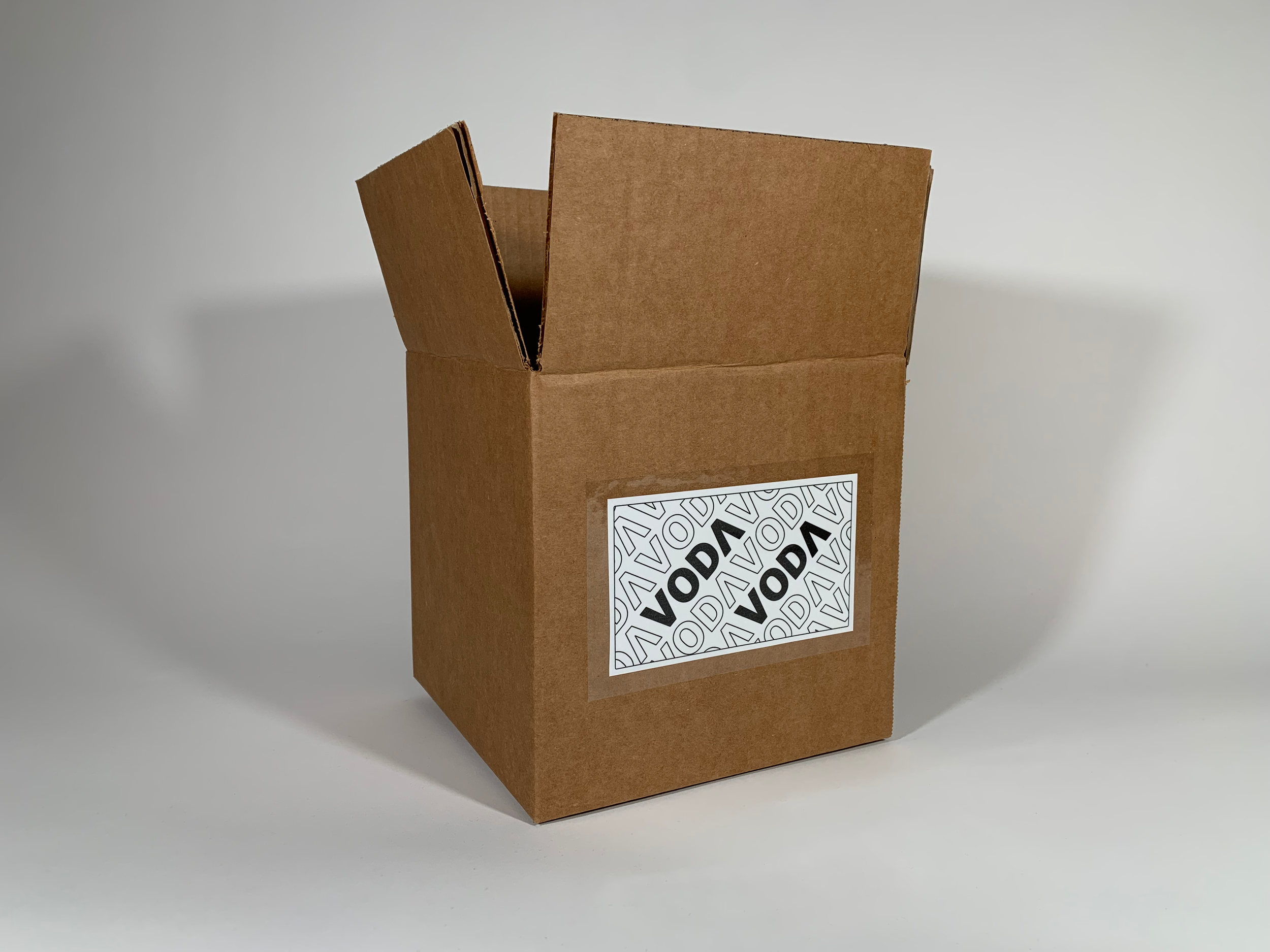
Final Presentation Deck
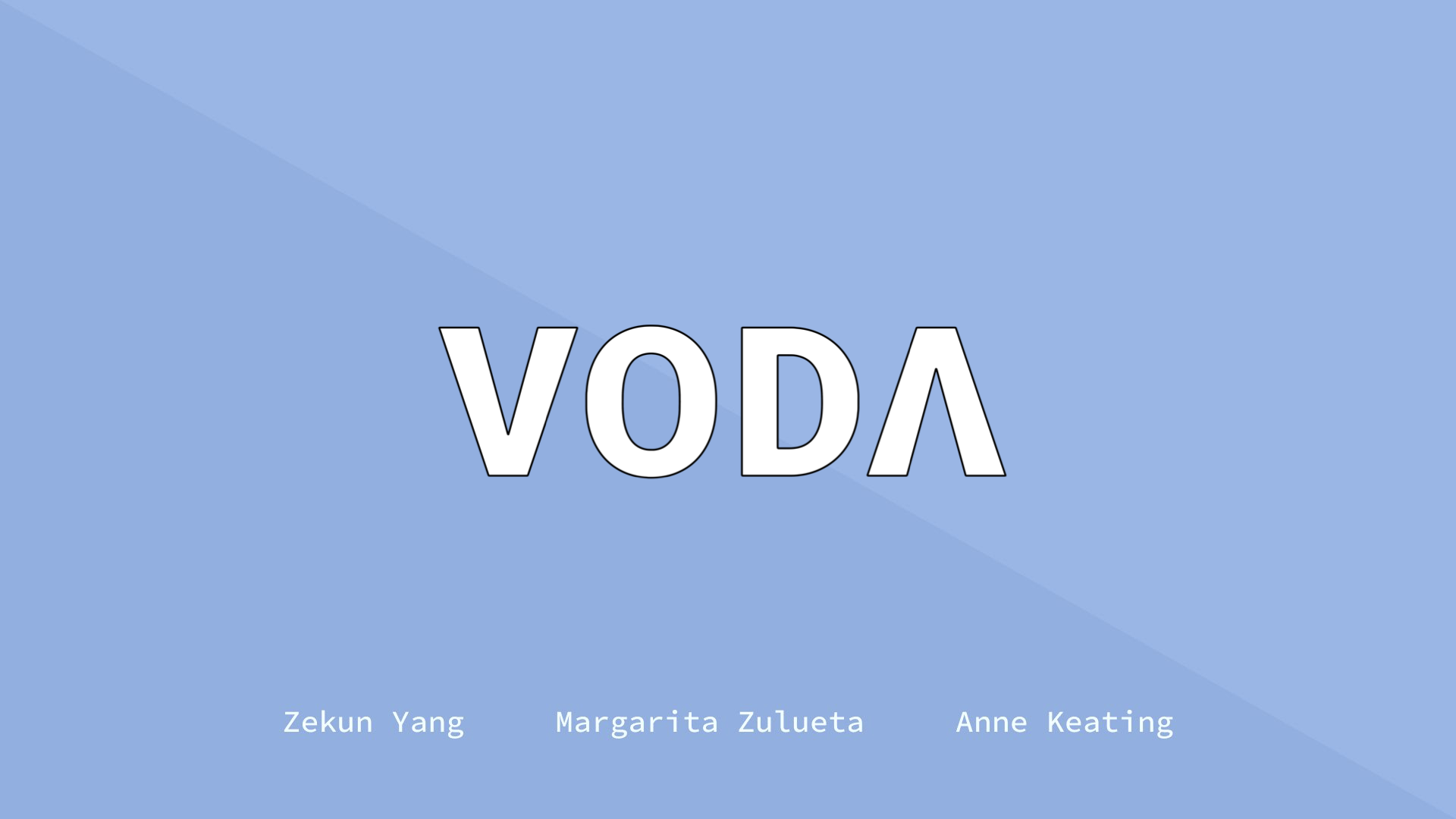

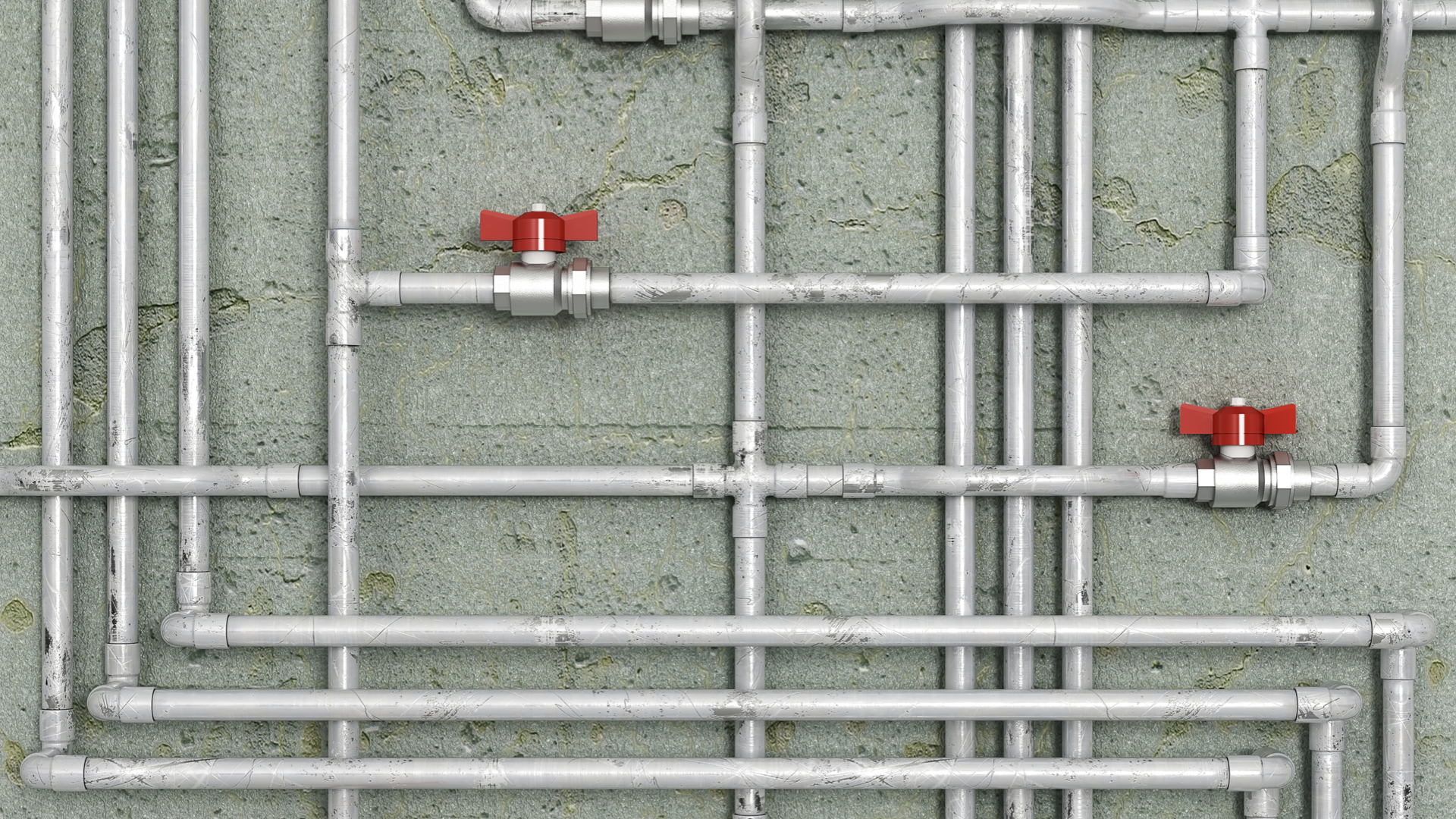
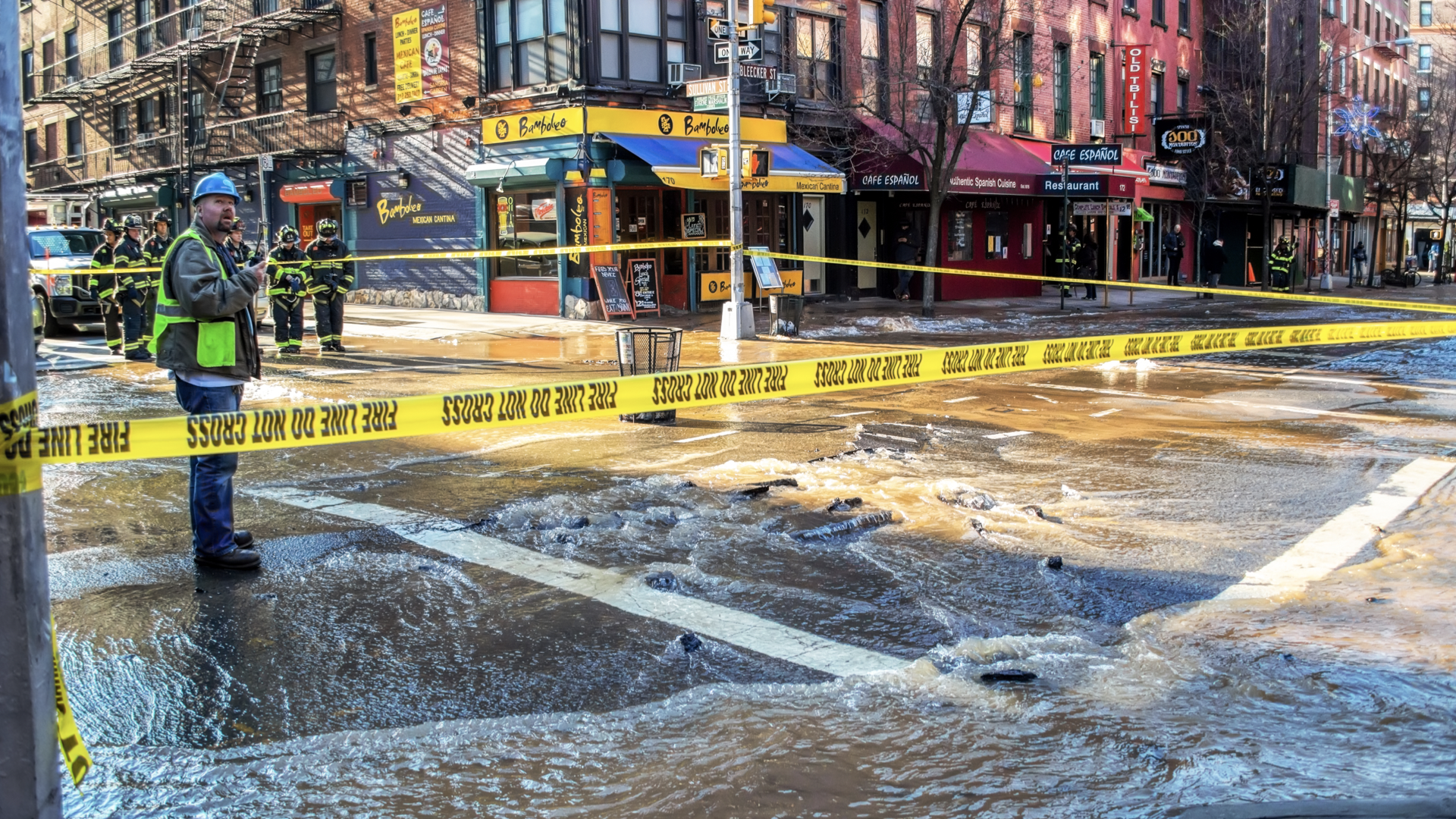
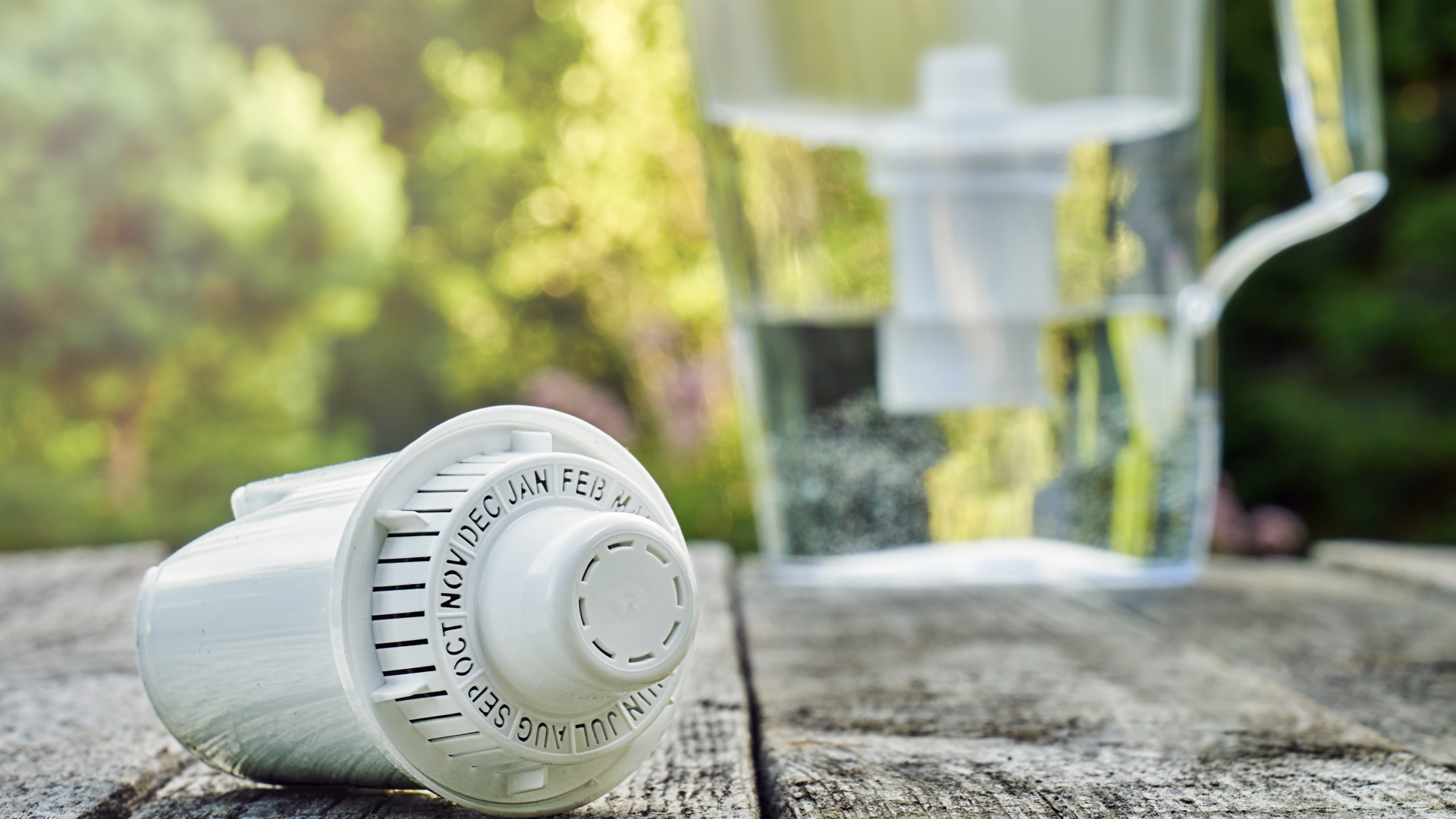
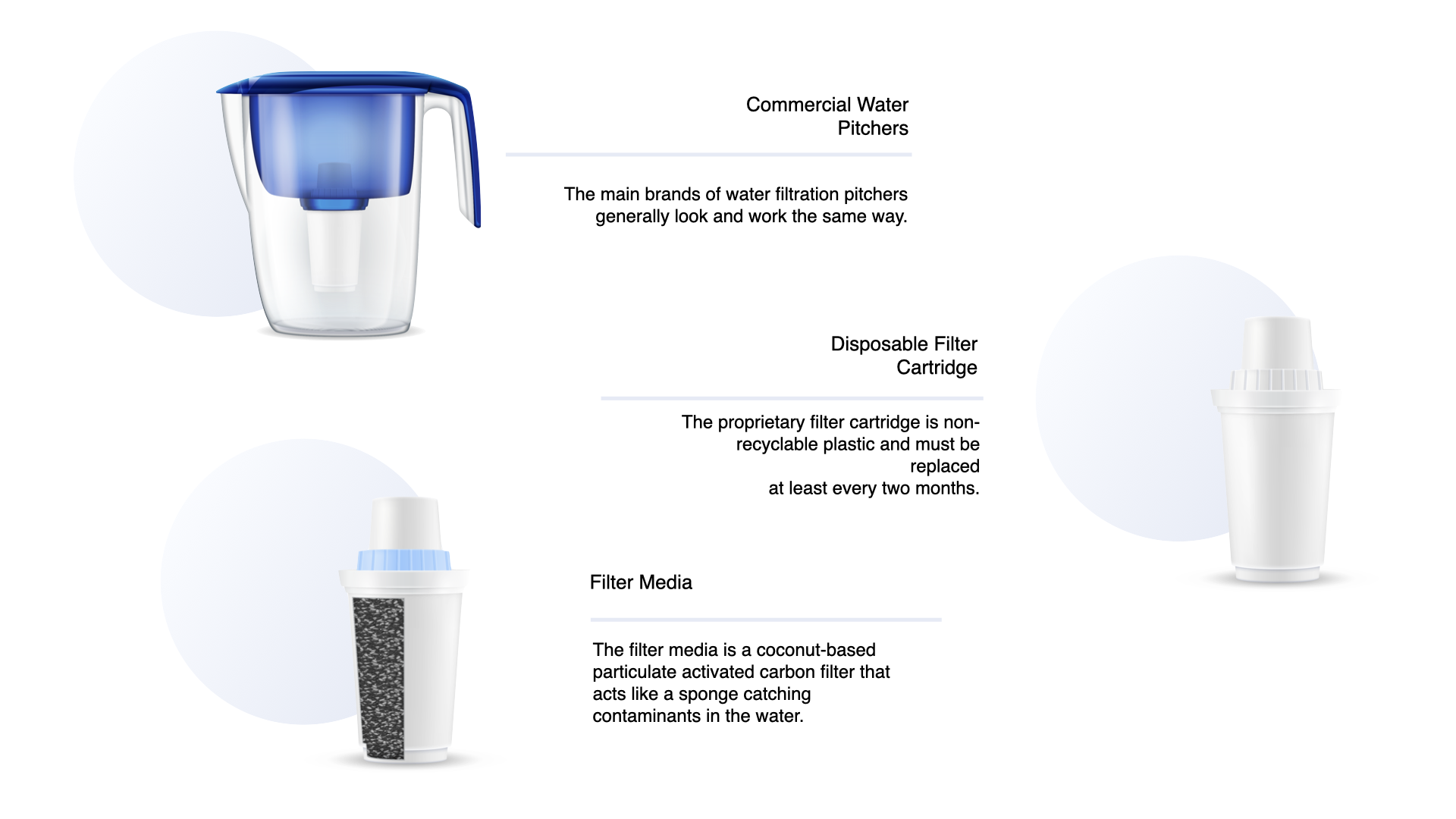

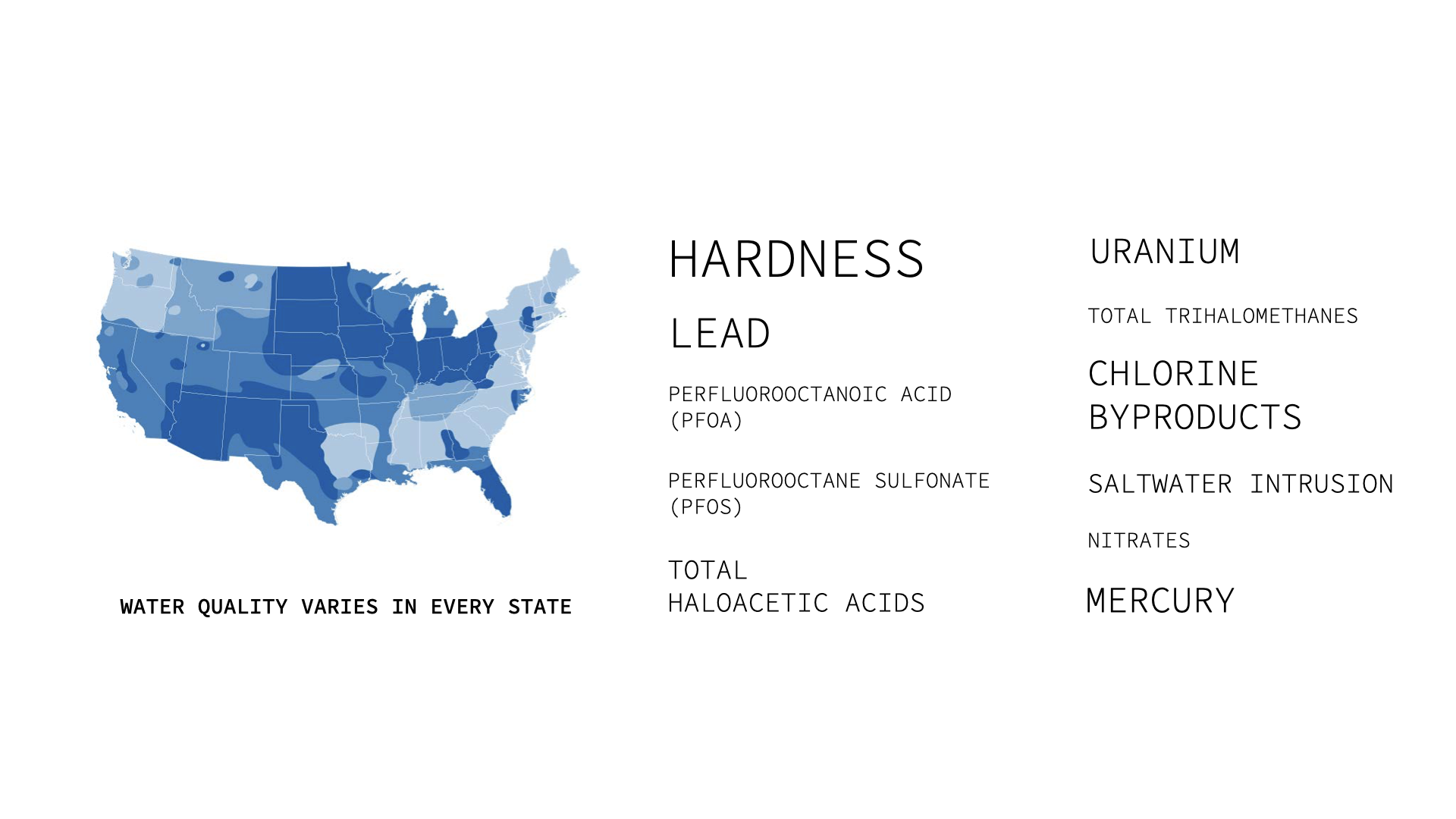
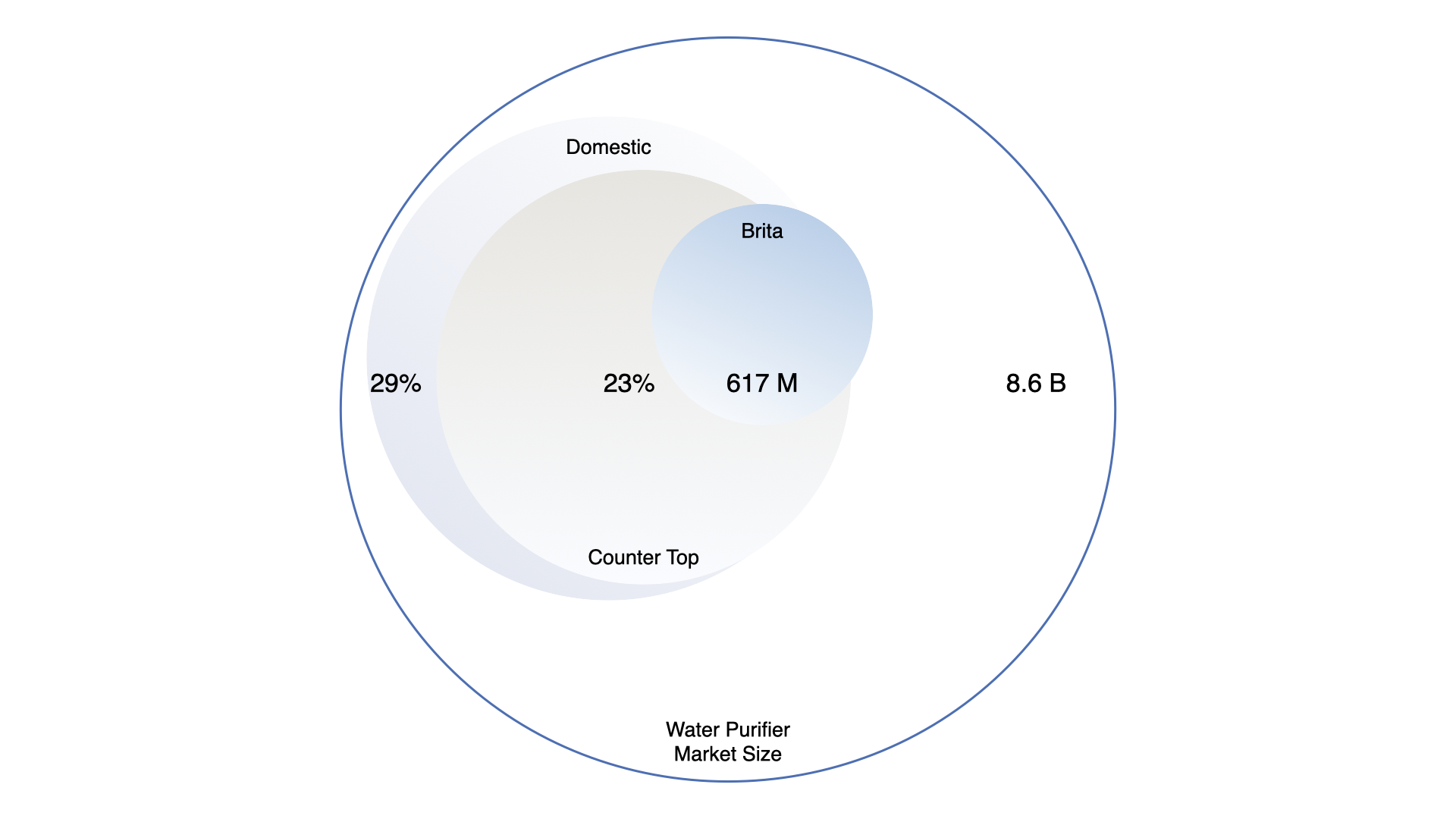

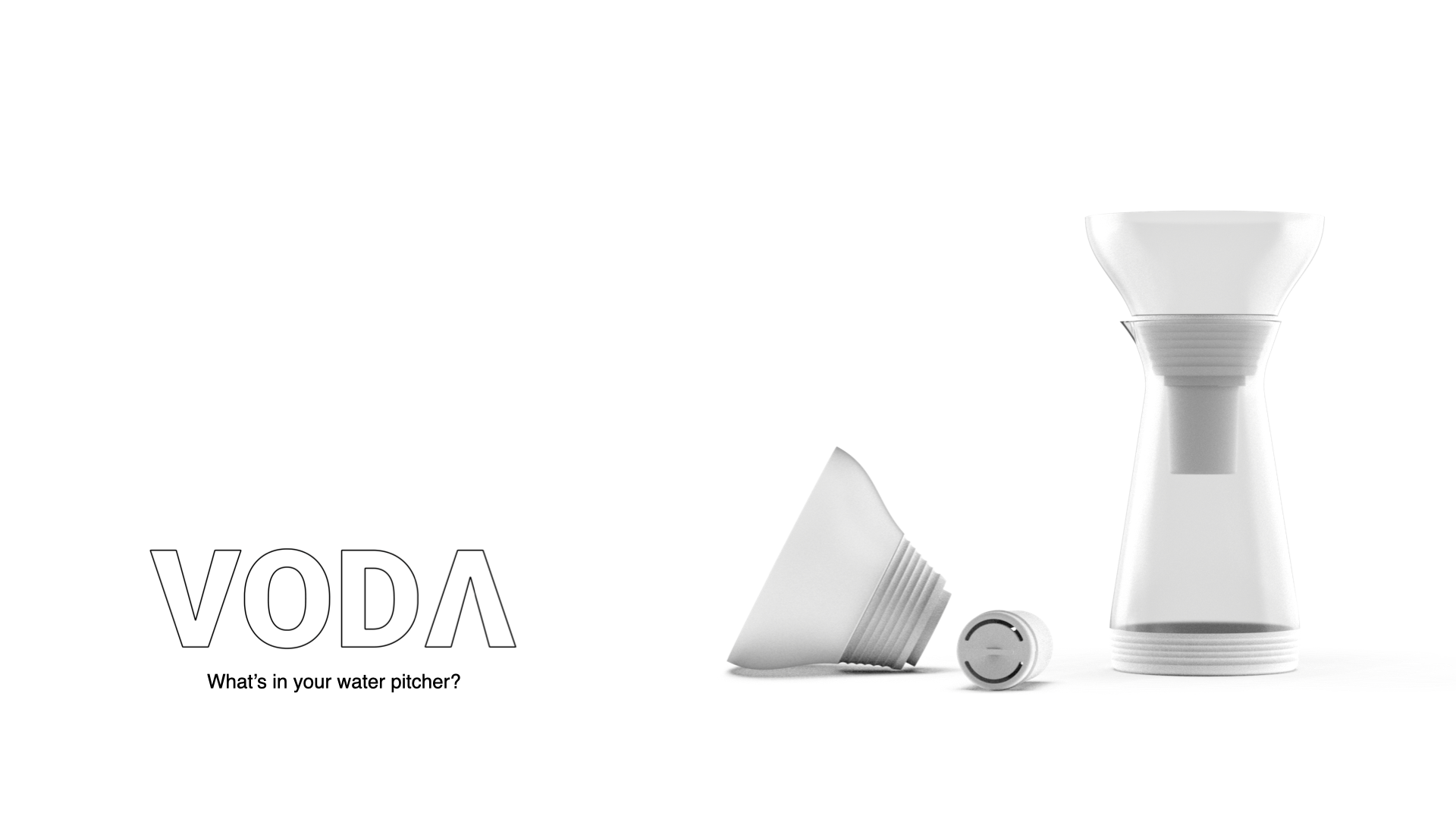
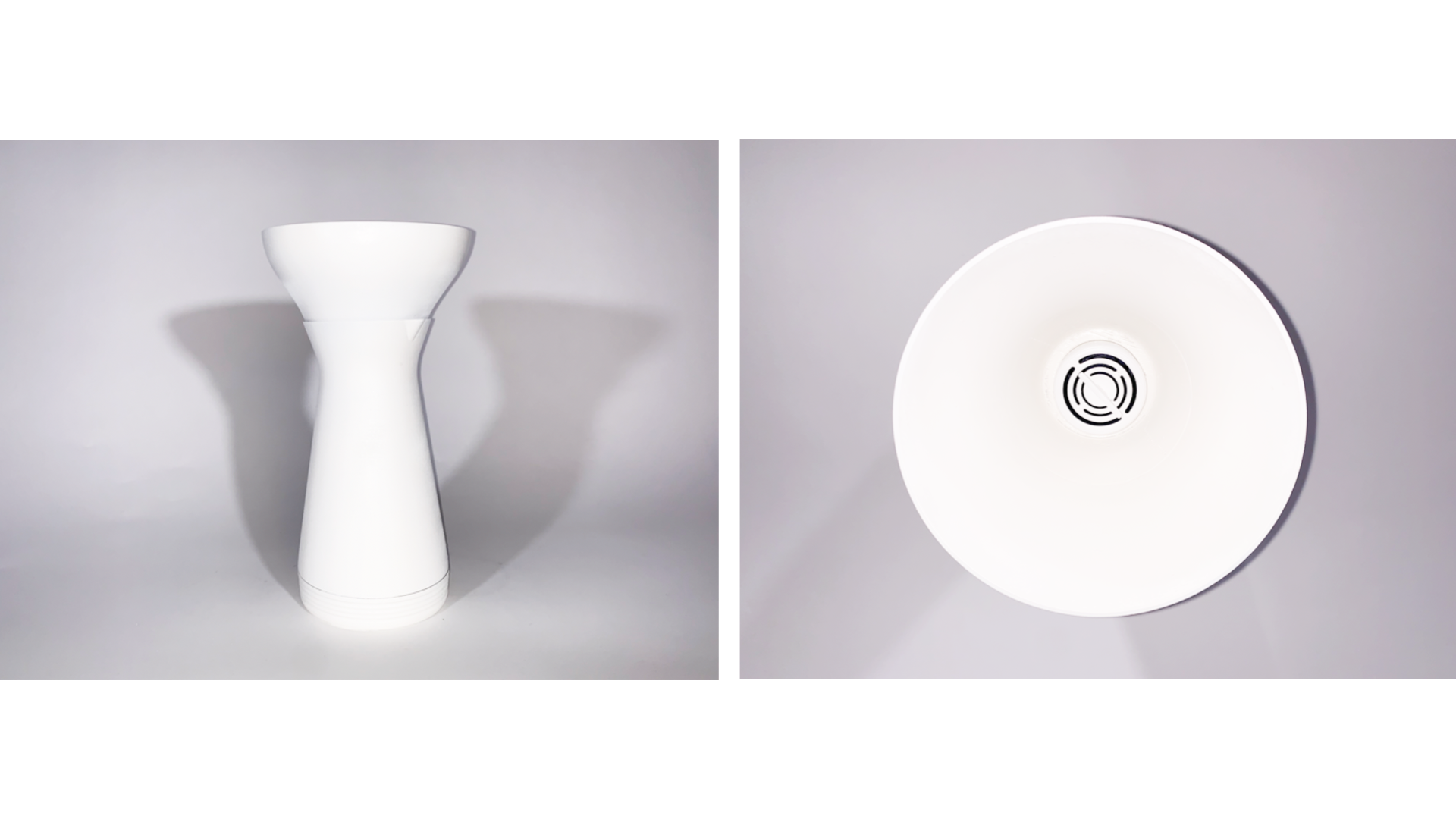
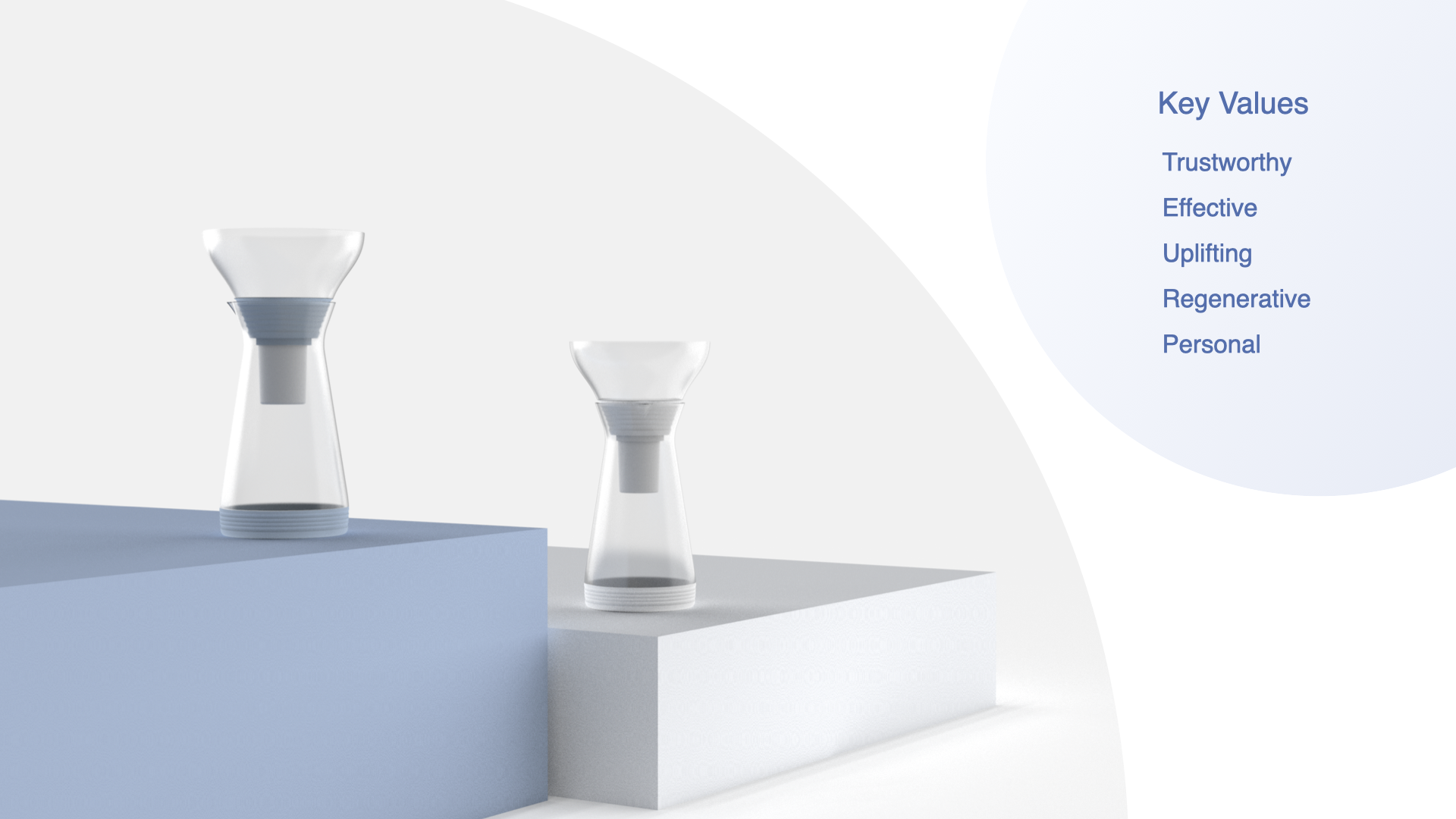
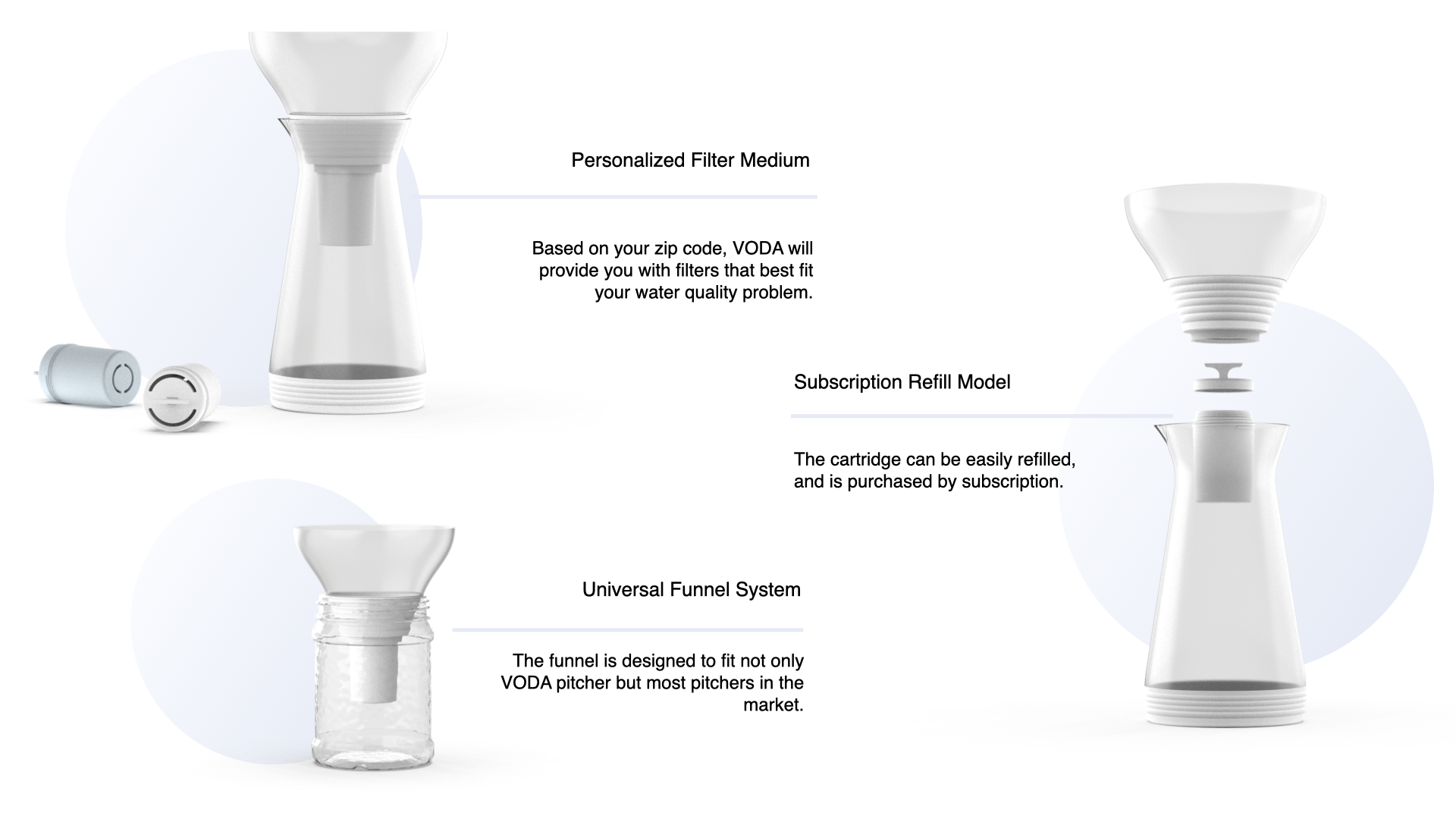
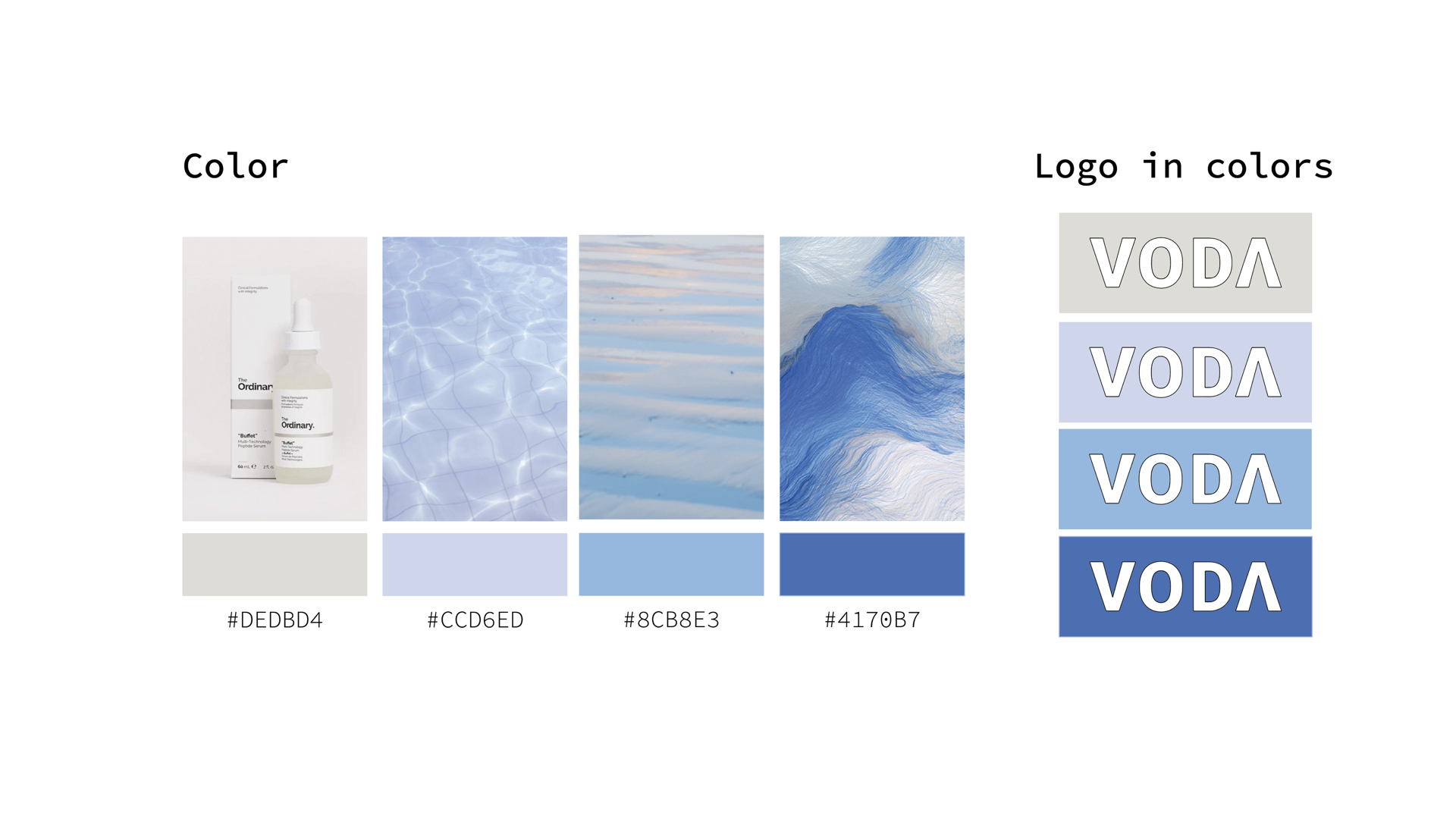

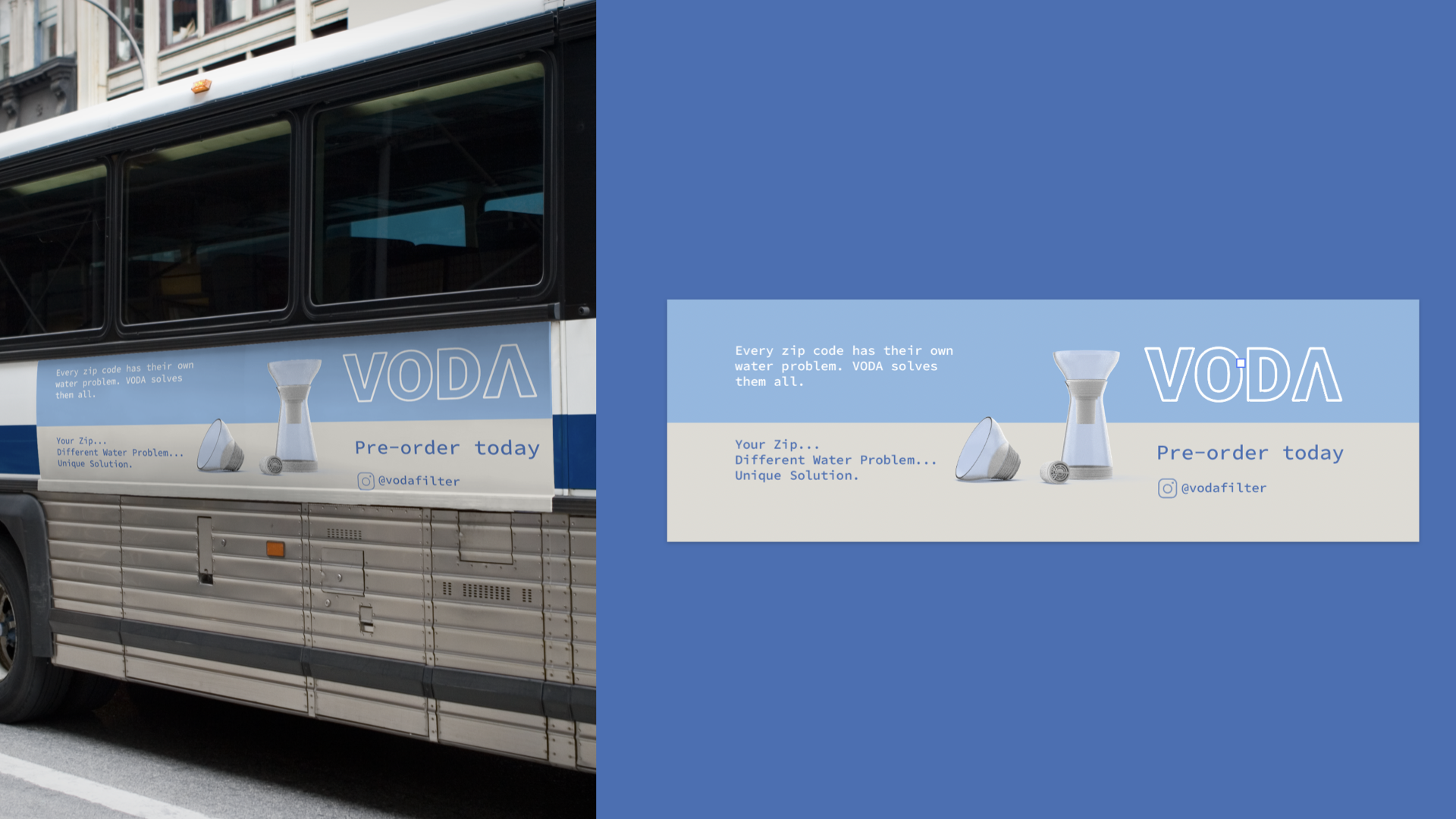
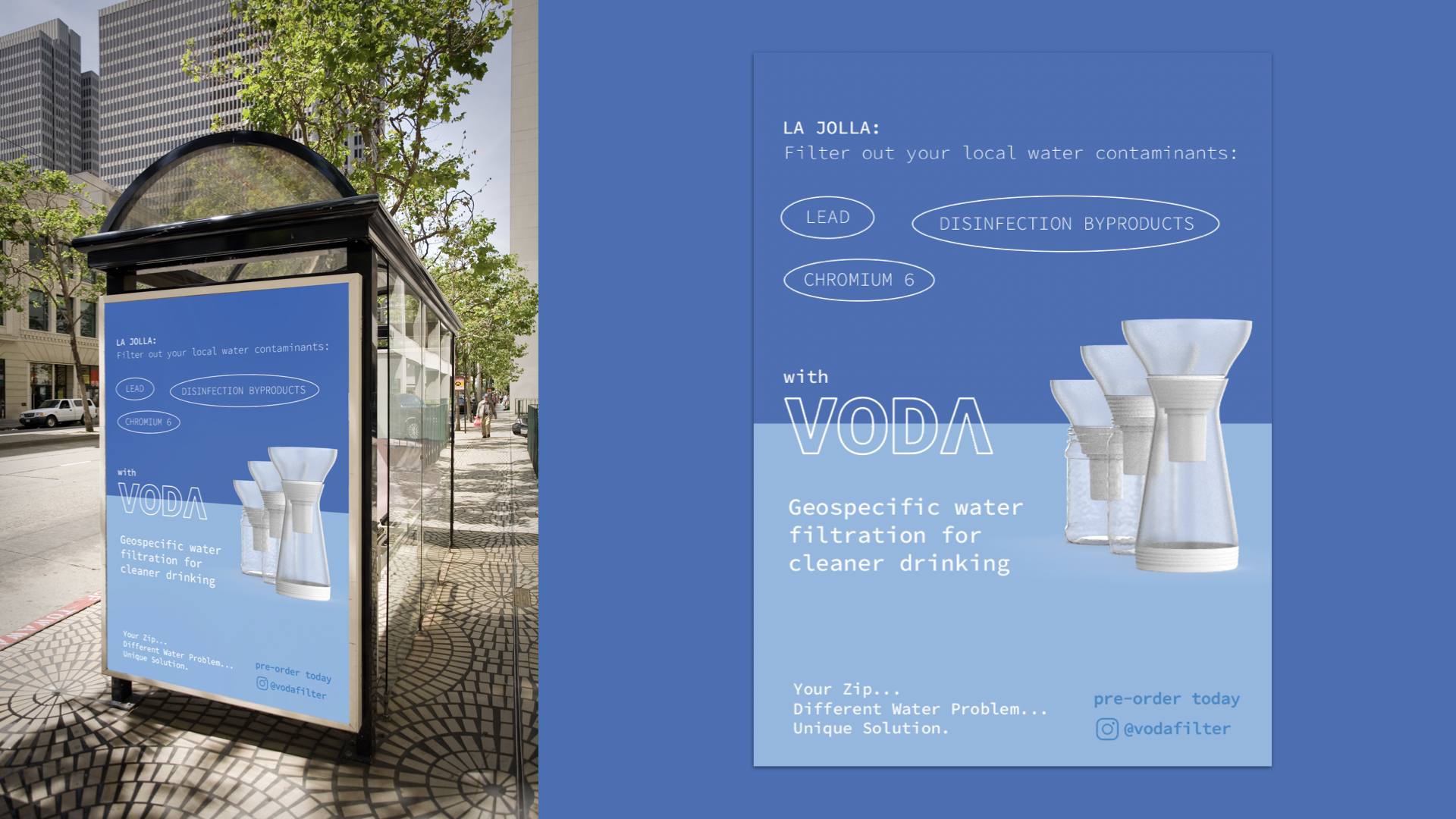

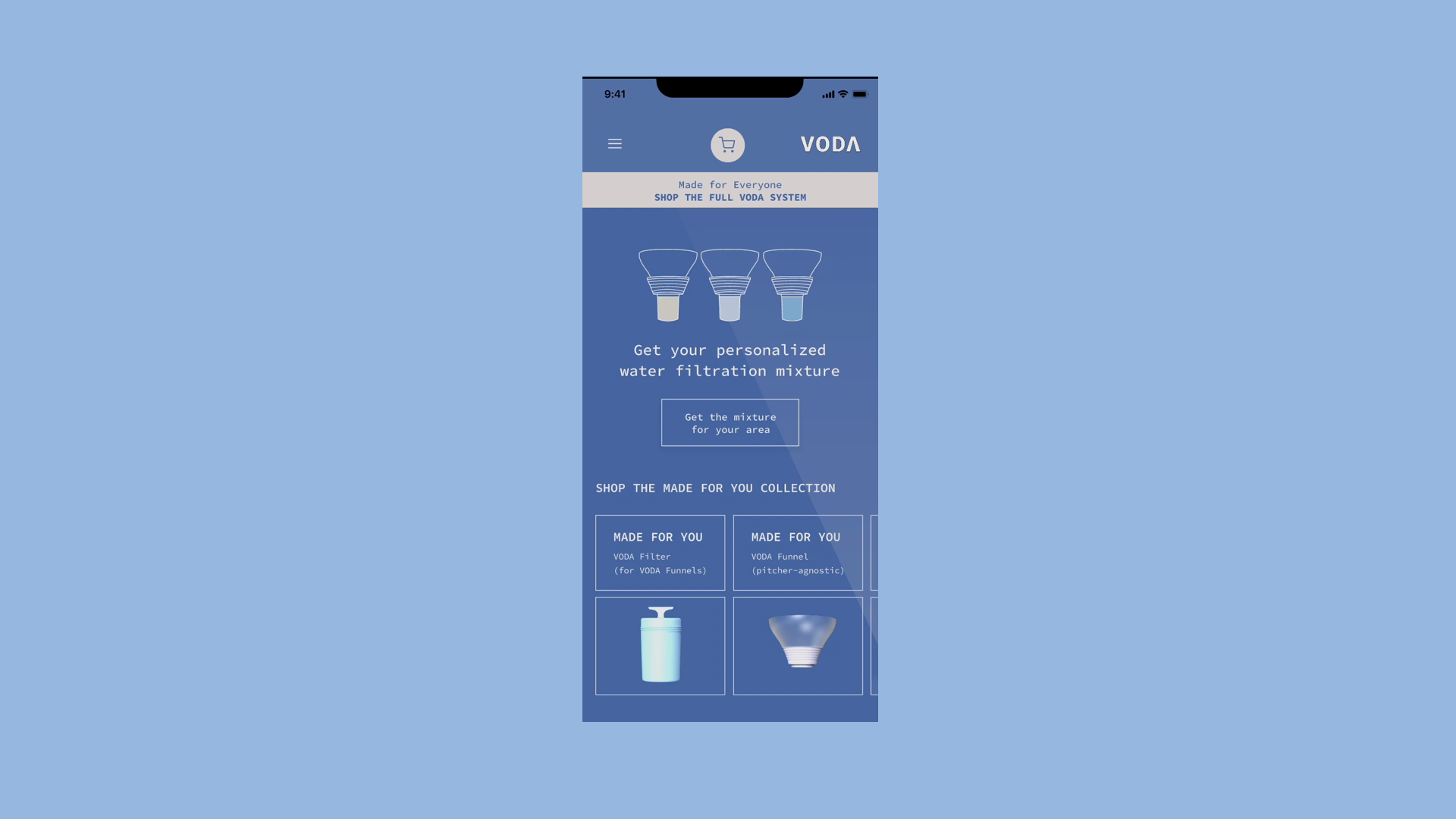
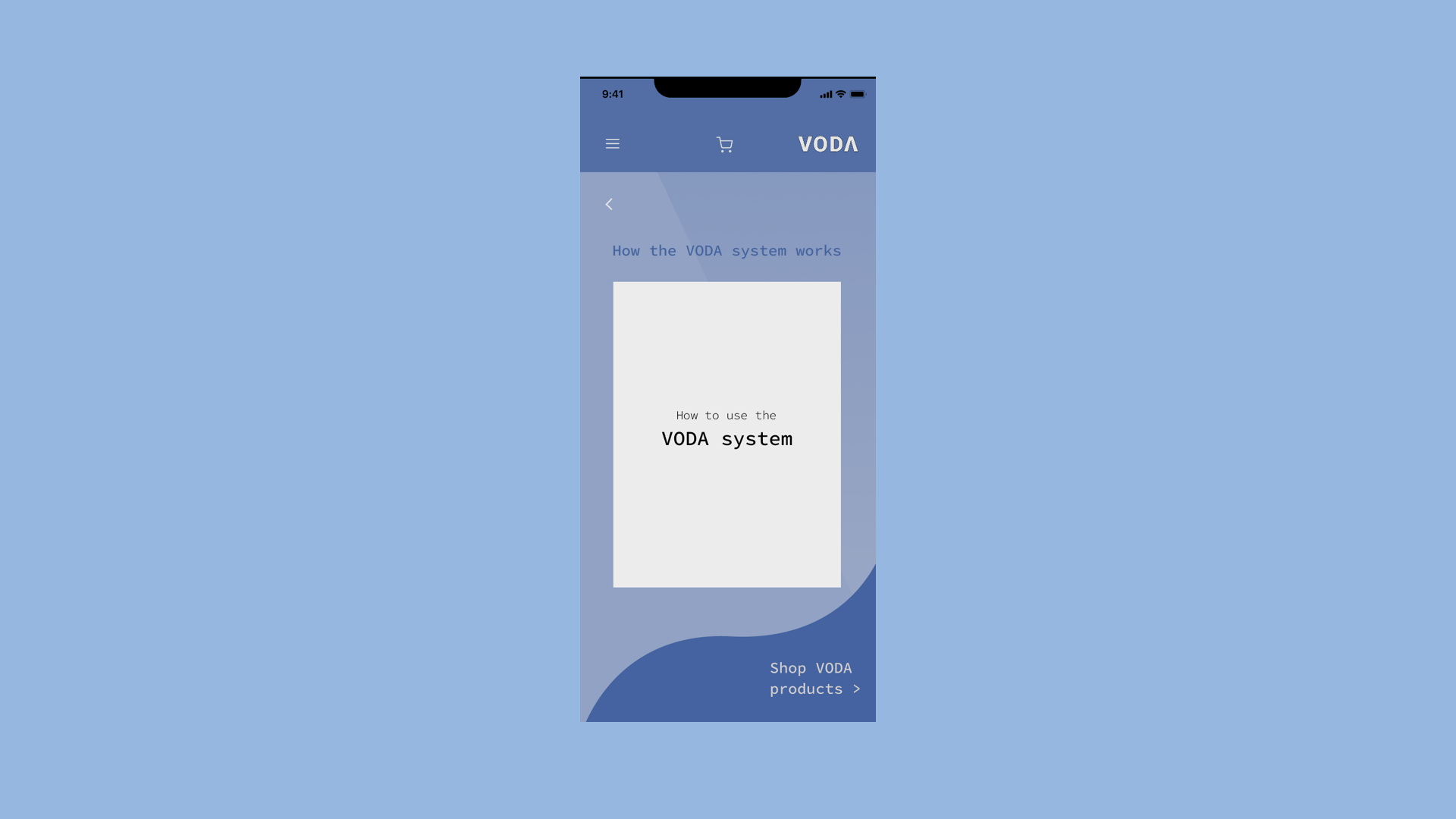


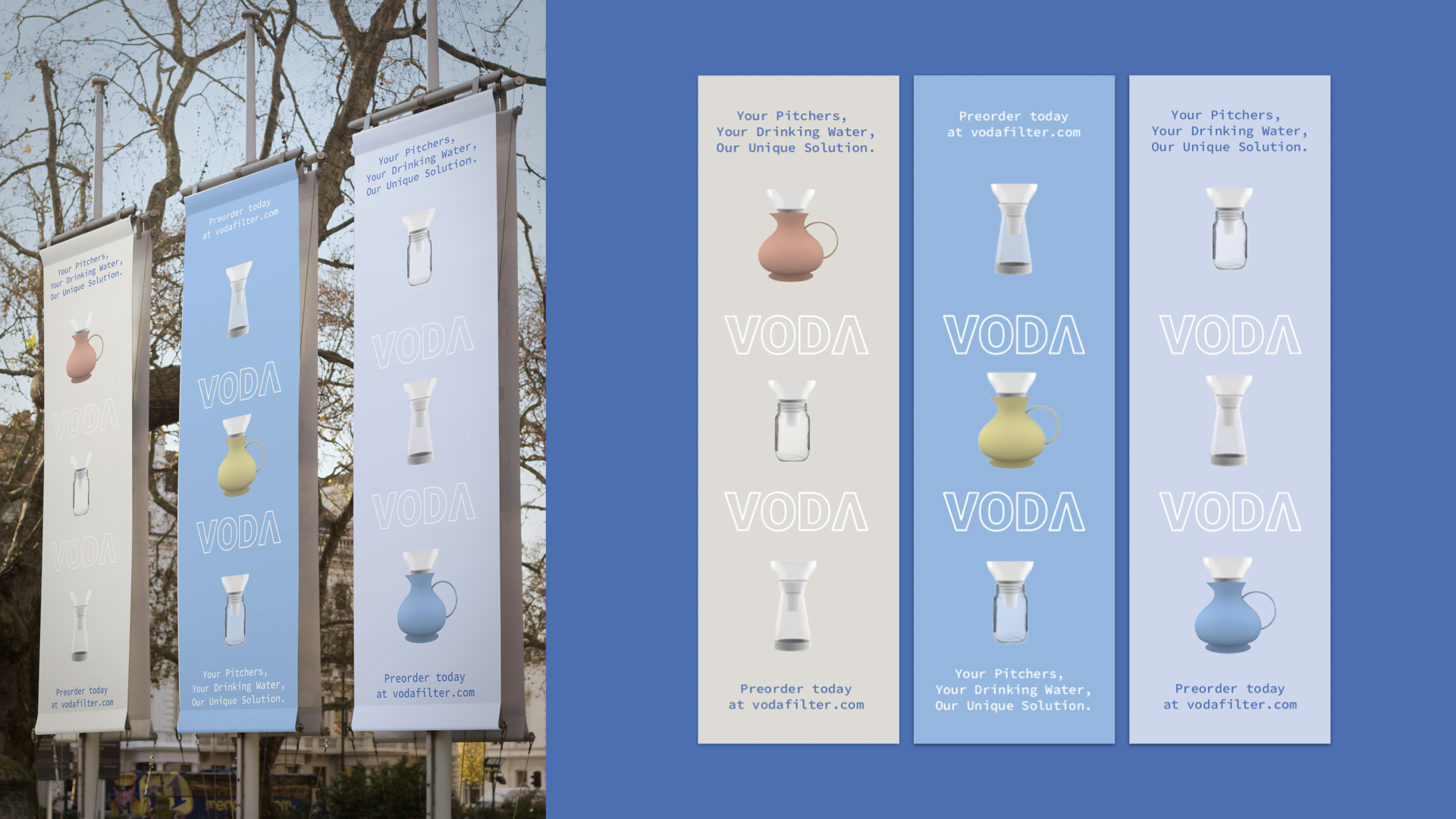


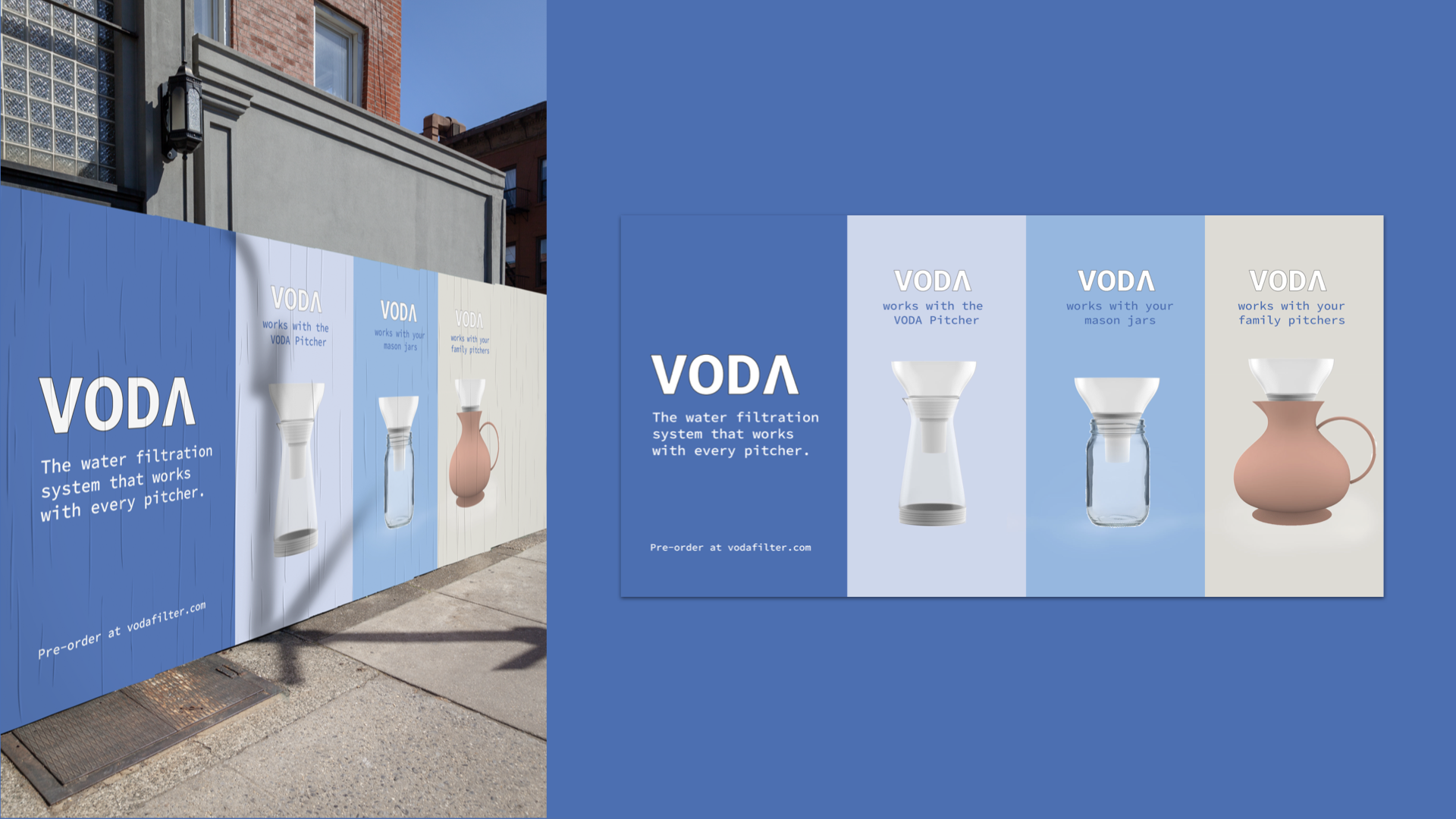
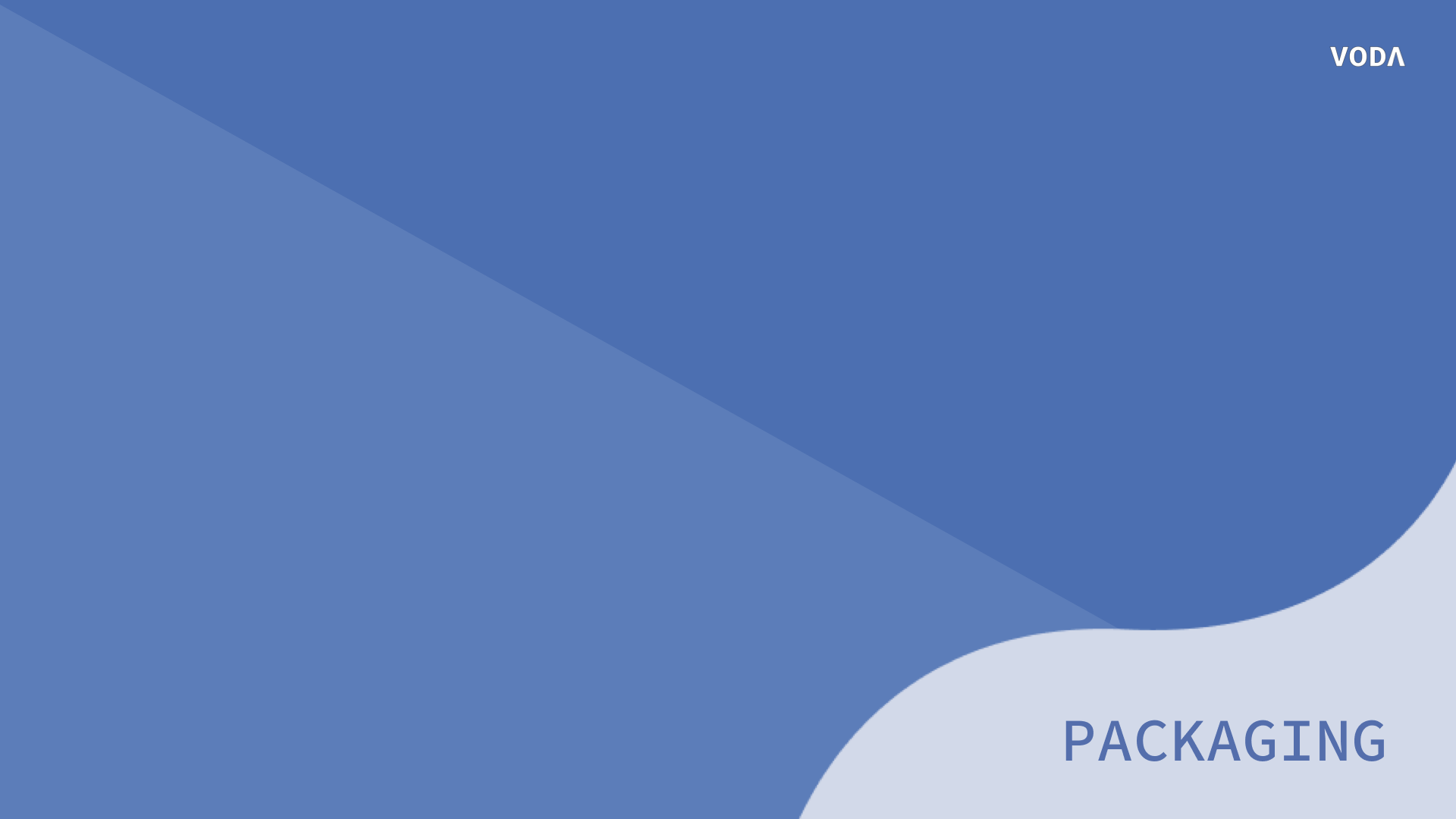
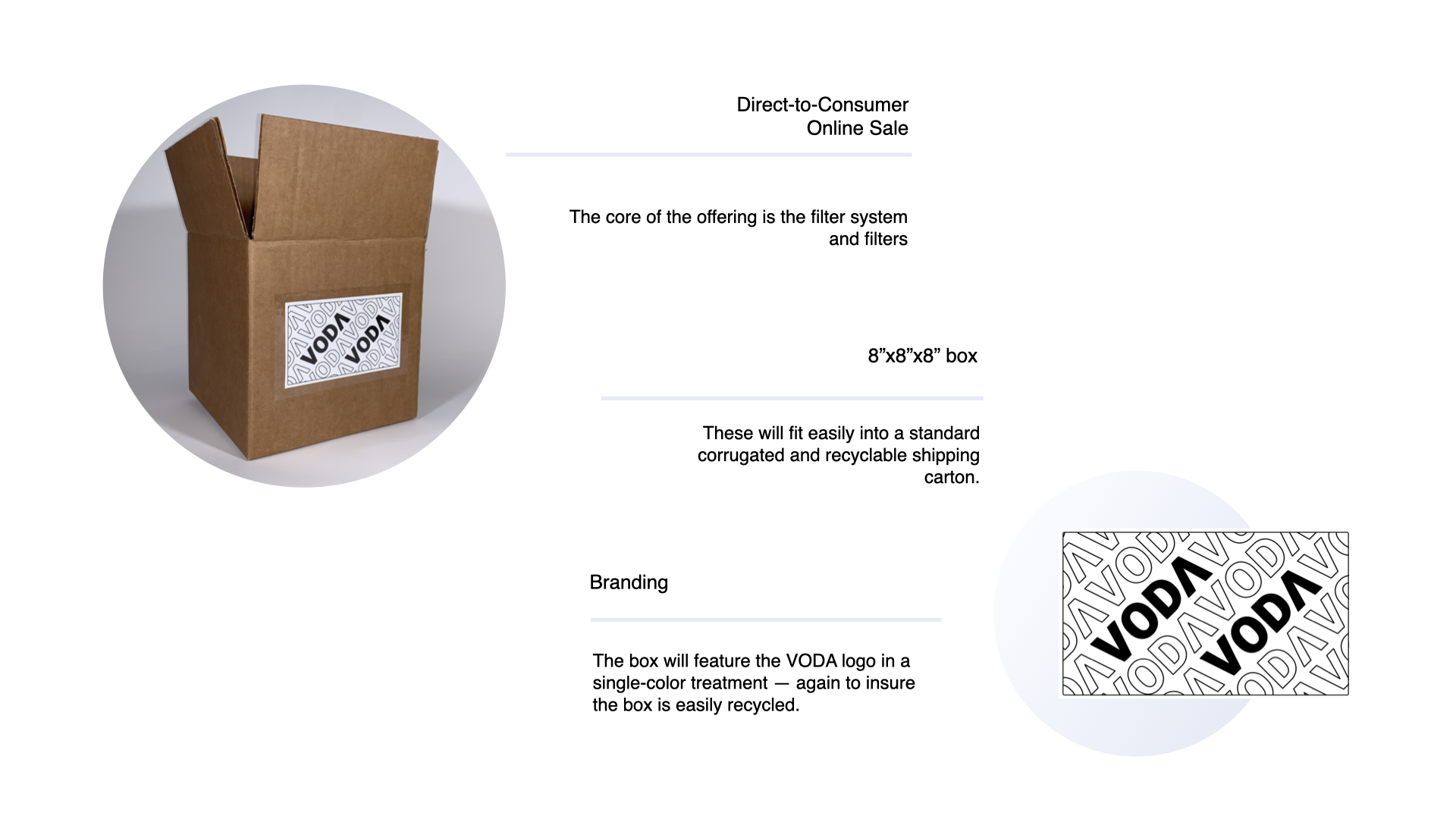
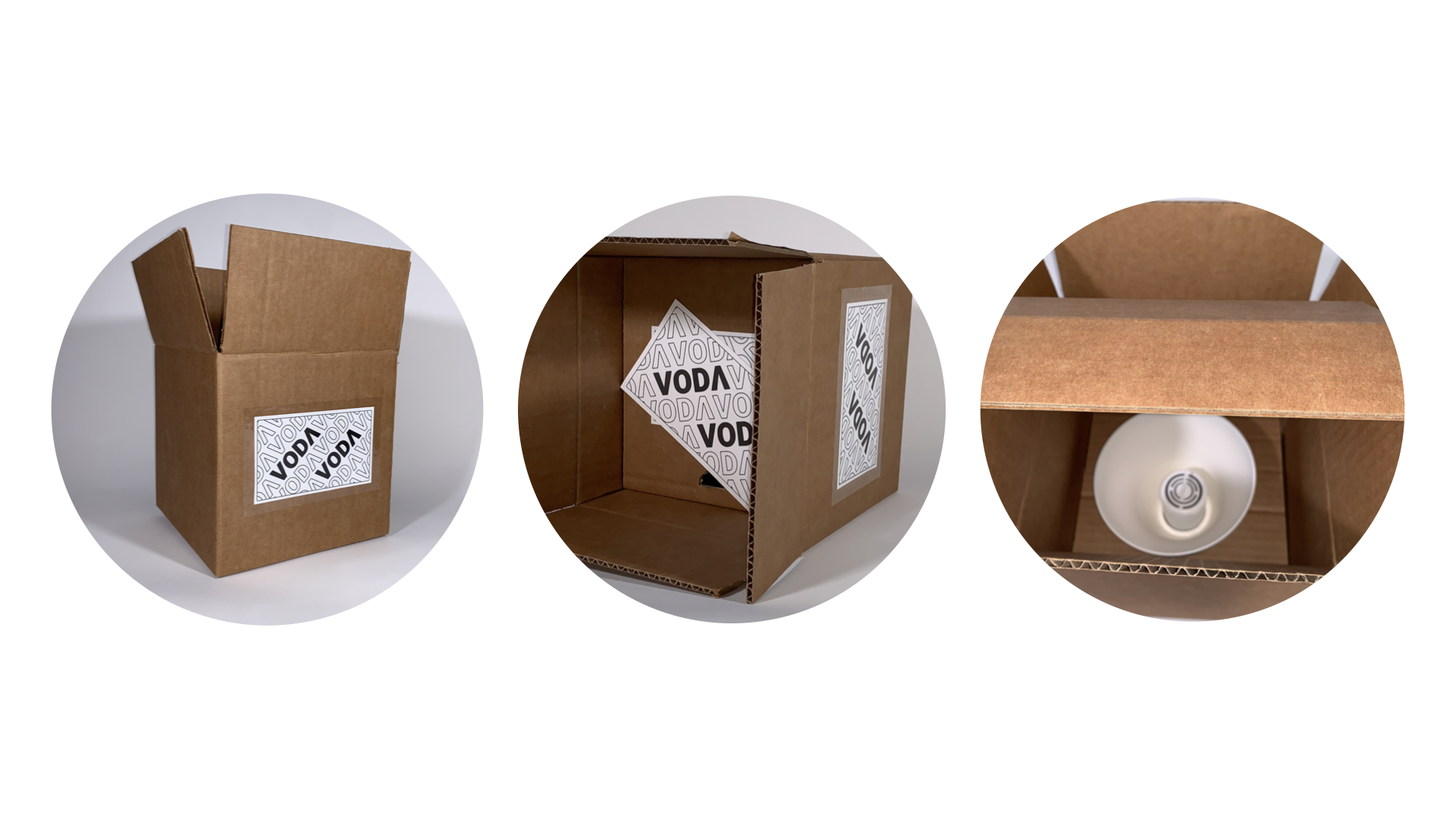

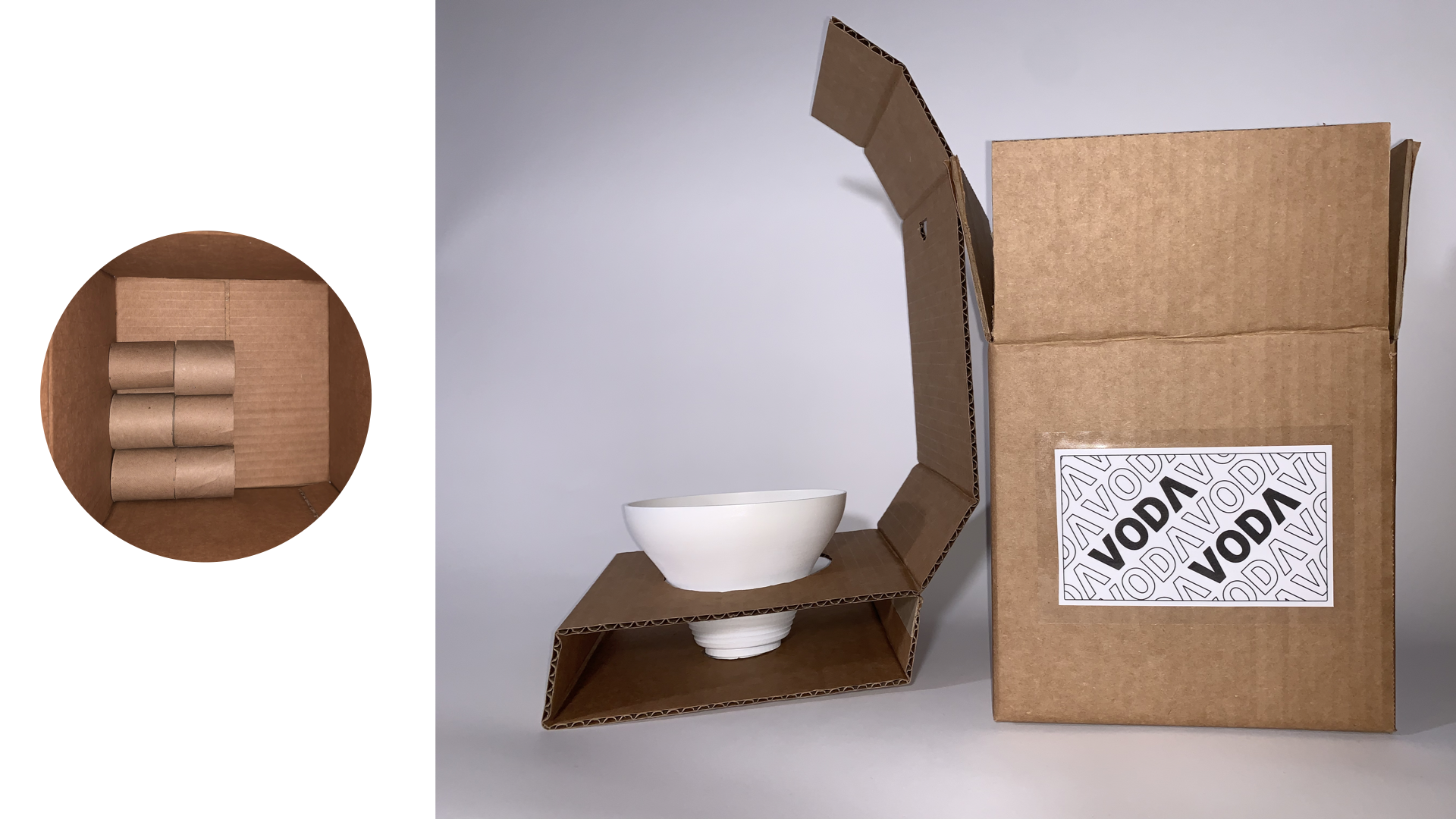
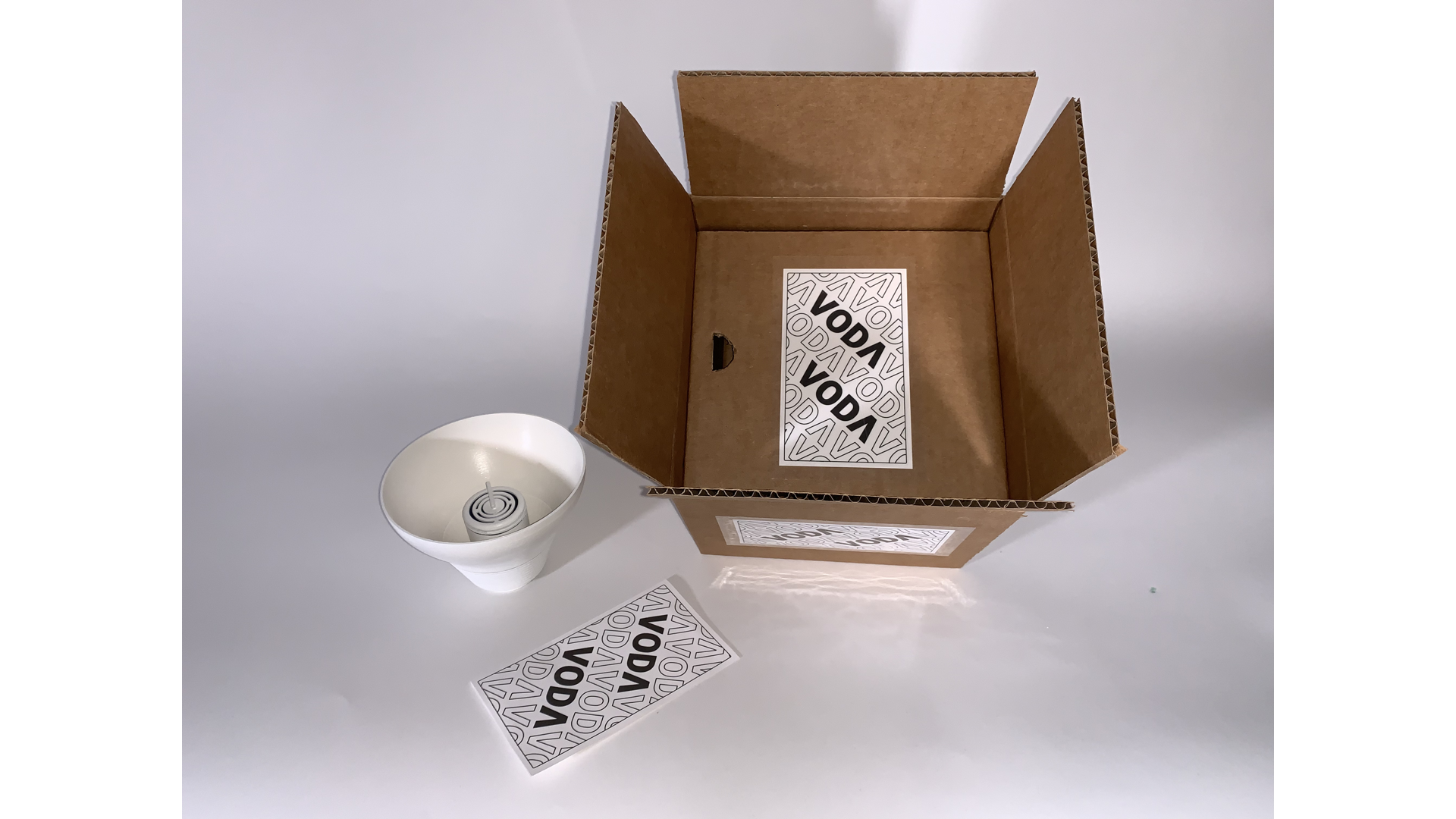
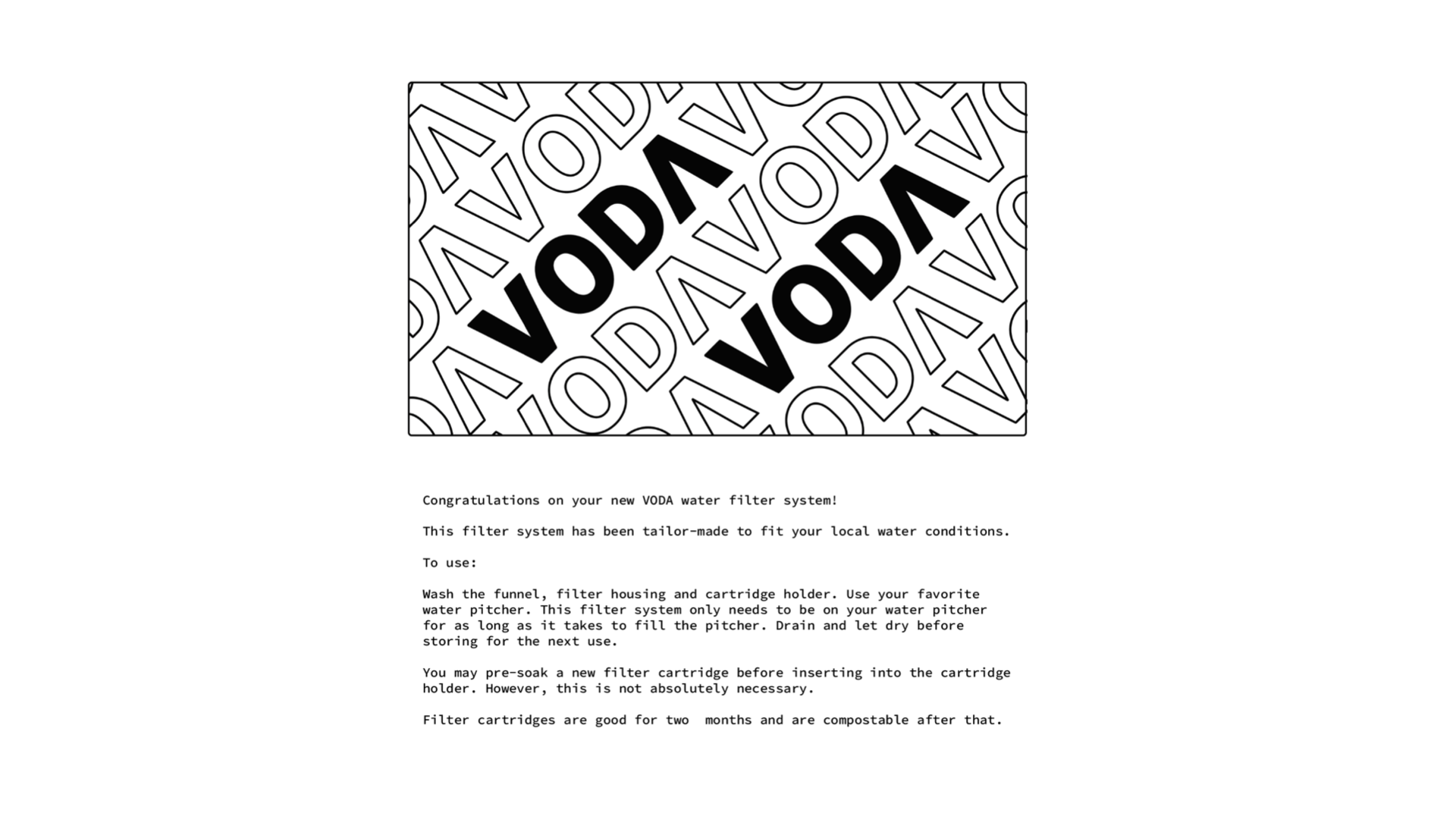
Reflection and Next Steps
This was a neat project and a great team. Each of us brought good skills and hard work to the project. Next steps would include continuing to refine the model of the local water solution and expanding the market. We envisioned this as a direct online sales driven market, but on reflection this could also be placed in farmer’s markets and local markets to lean even more into the open source DIY your water ethos of VODA.
The funnel should be tested. The drip method of Brita filters may not be efficient for a filter funnel system that is removed and dried out between use. It would be interesting to see if a cap with an opening on the funnel could be used to imply the water pressure of a kitchen sink to fill a pitcher faster. This may or may not be an issue. Further testing would reveal this.
The packaging works well to protect the filter and funnel and an 8” x 8” x 8” cube is a standard shipping size. The box graphics though should be rendered in the color pallette of blues. The idea of the packaging also serving as storage between use should also be revisited. Such reuse would need to be hygienic.



